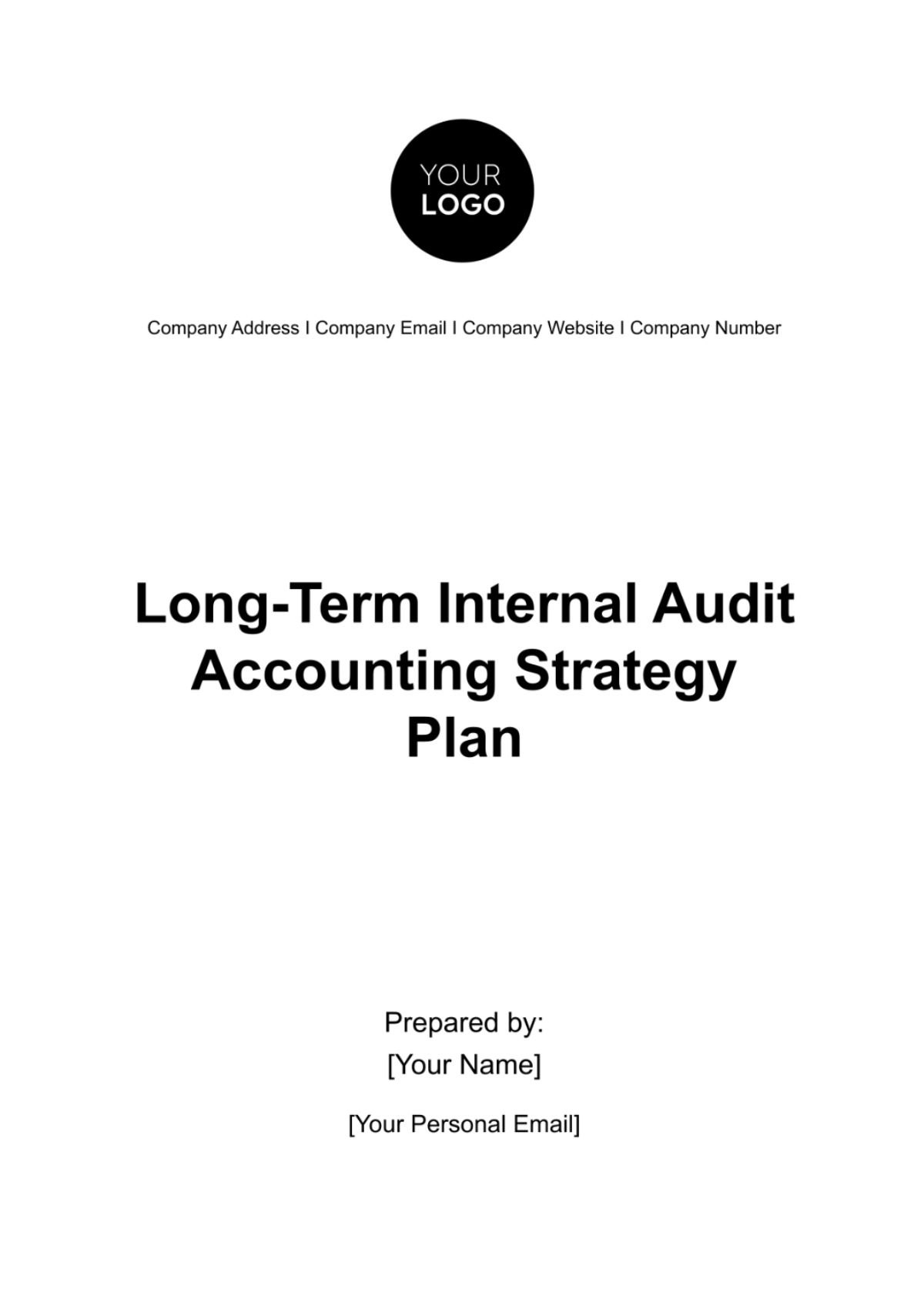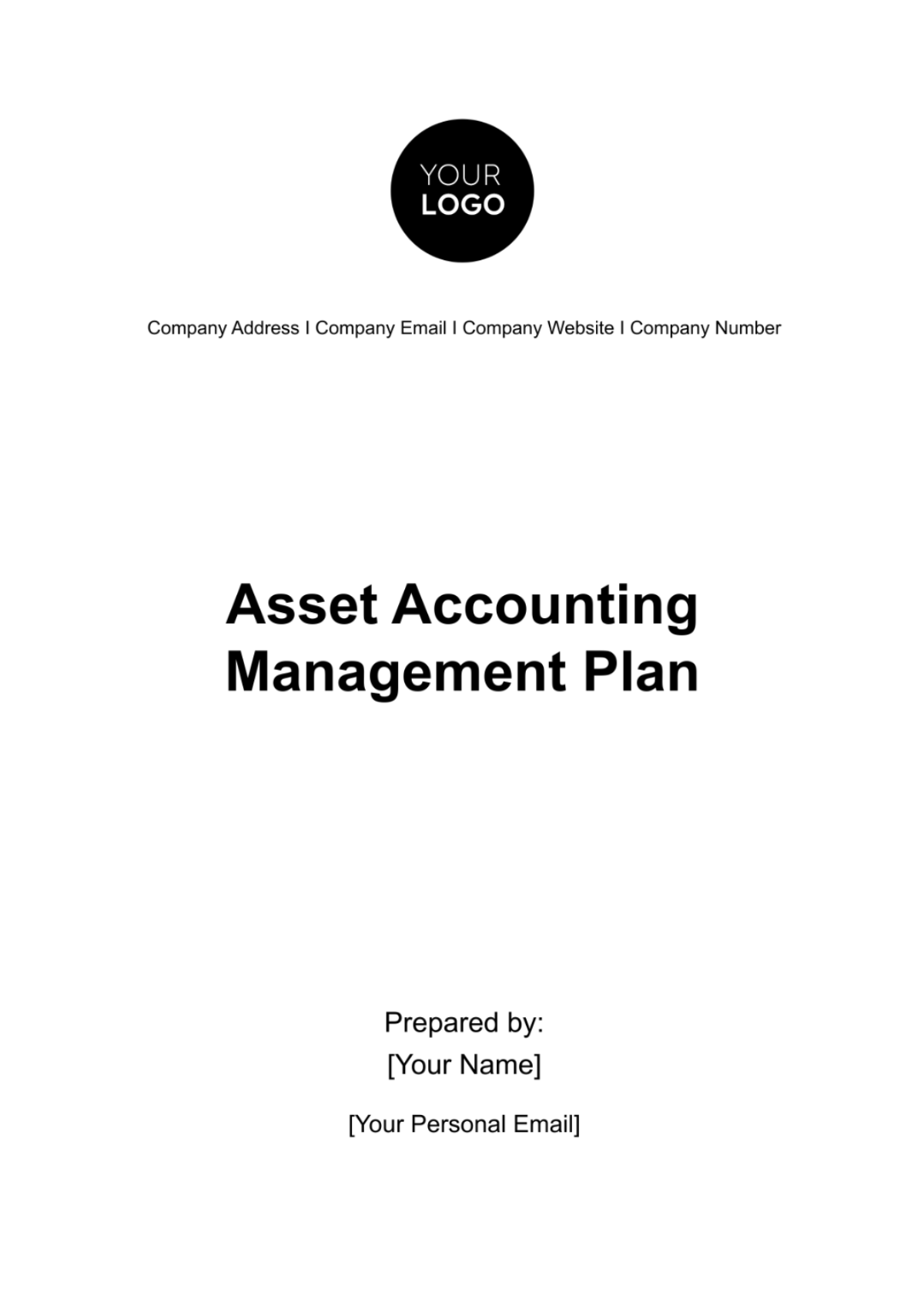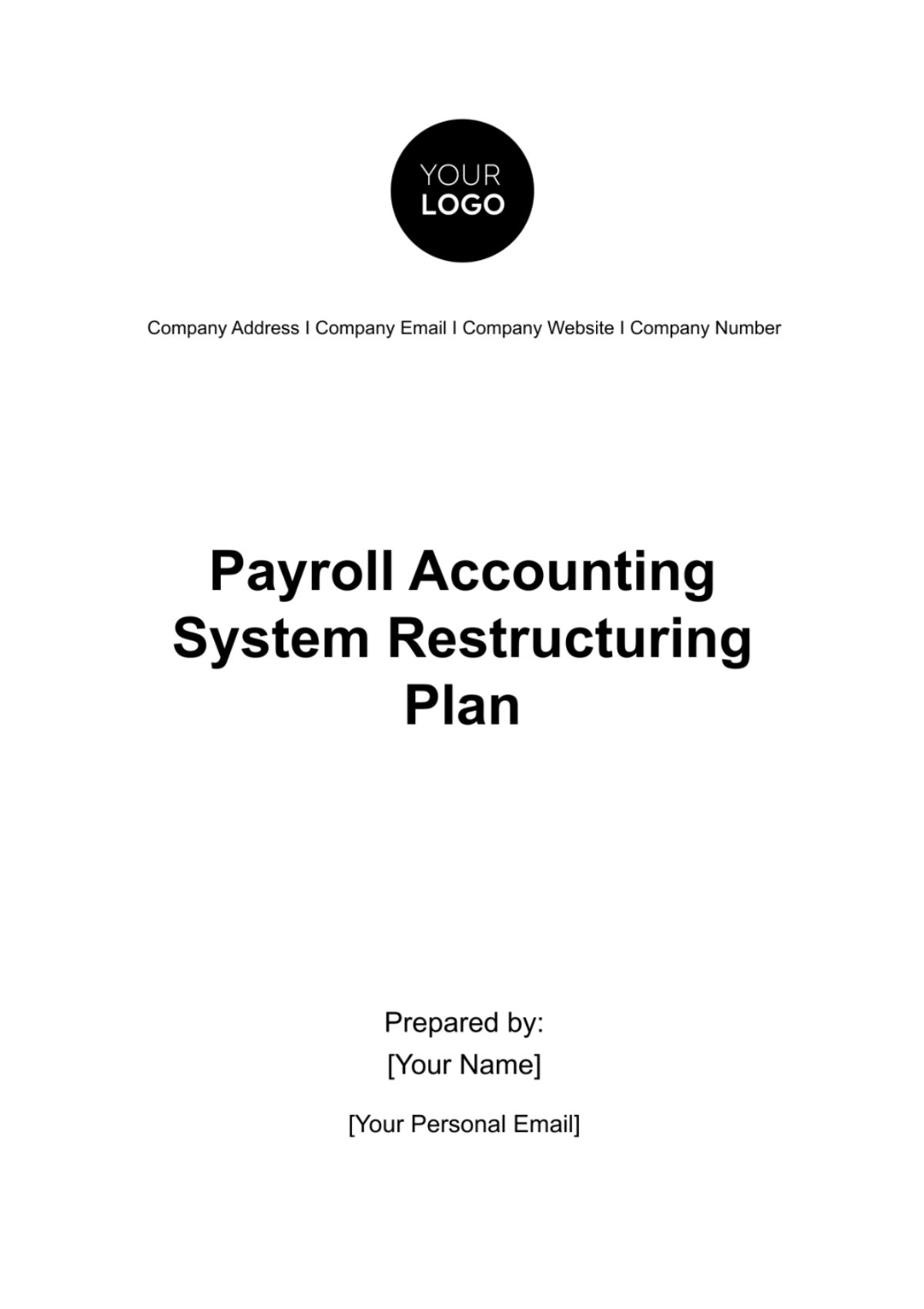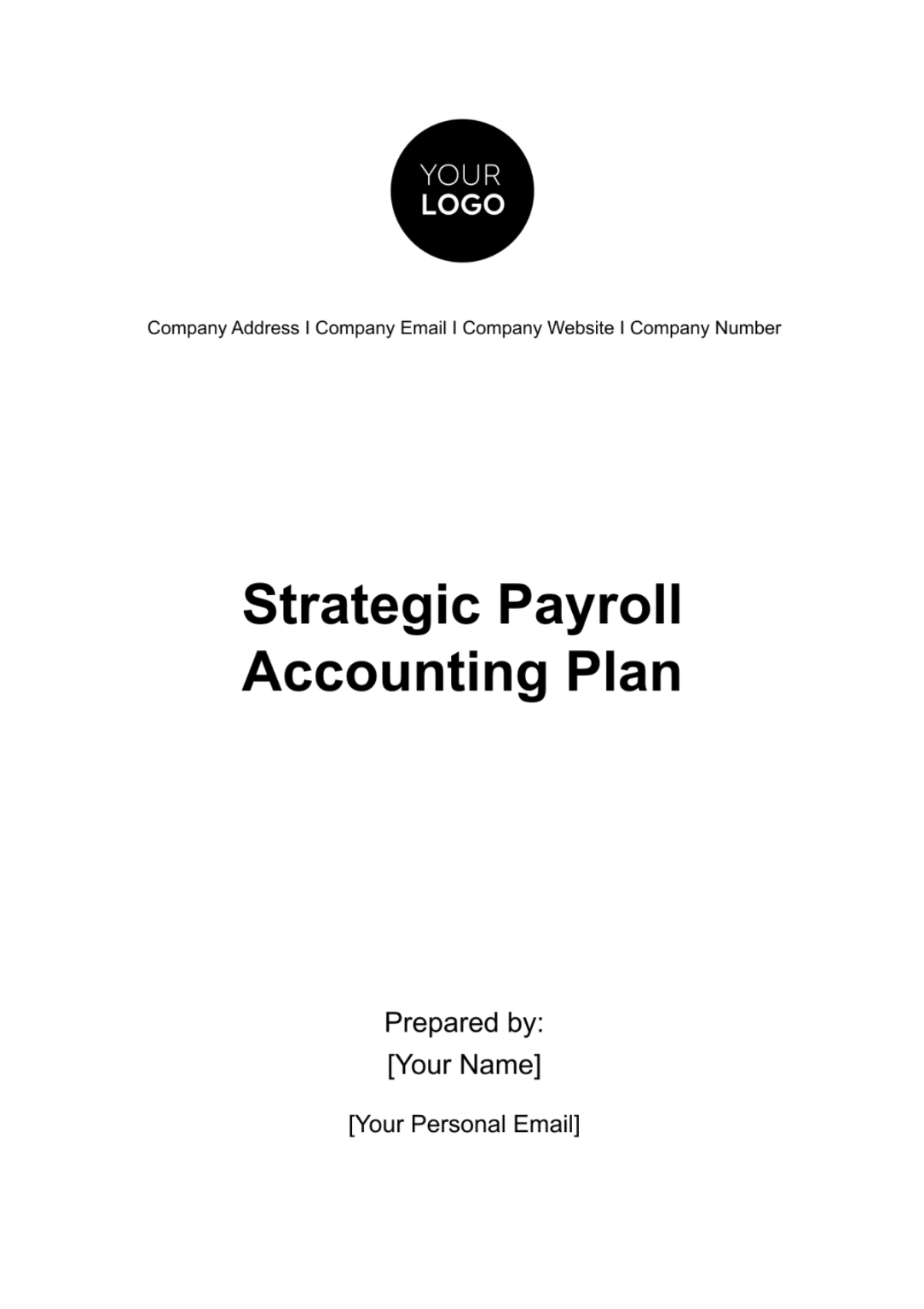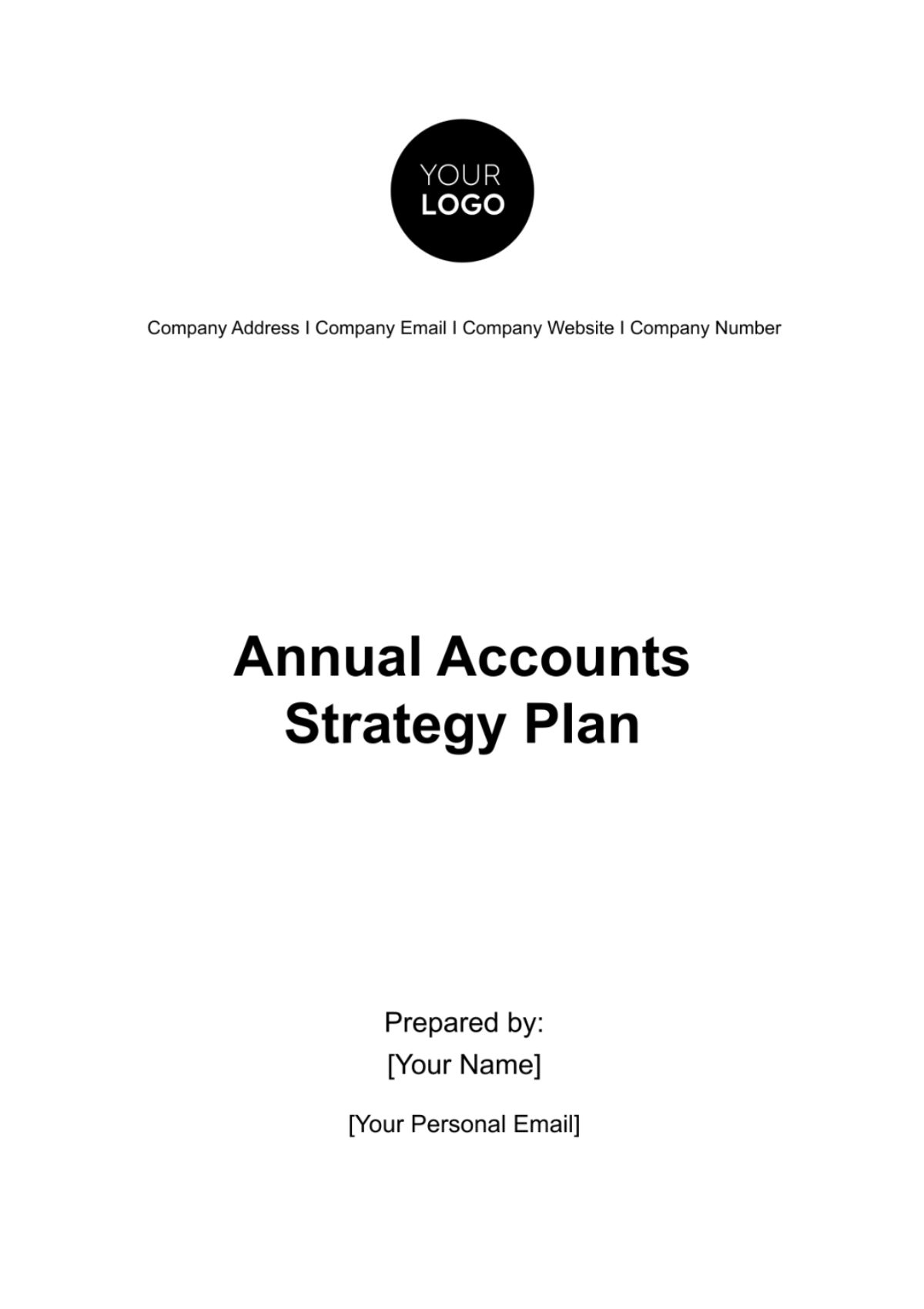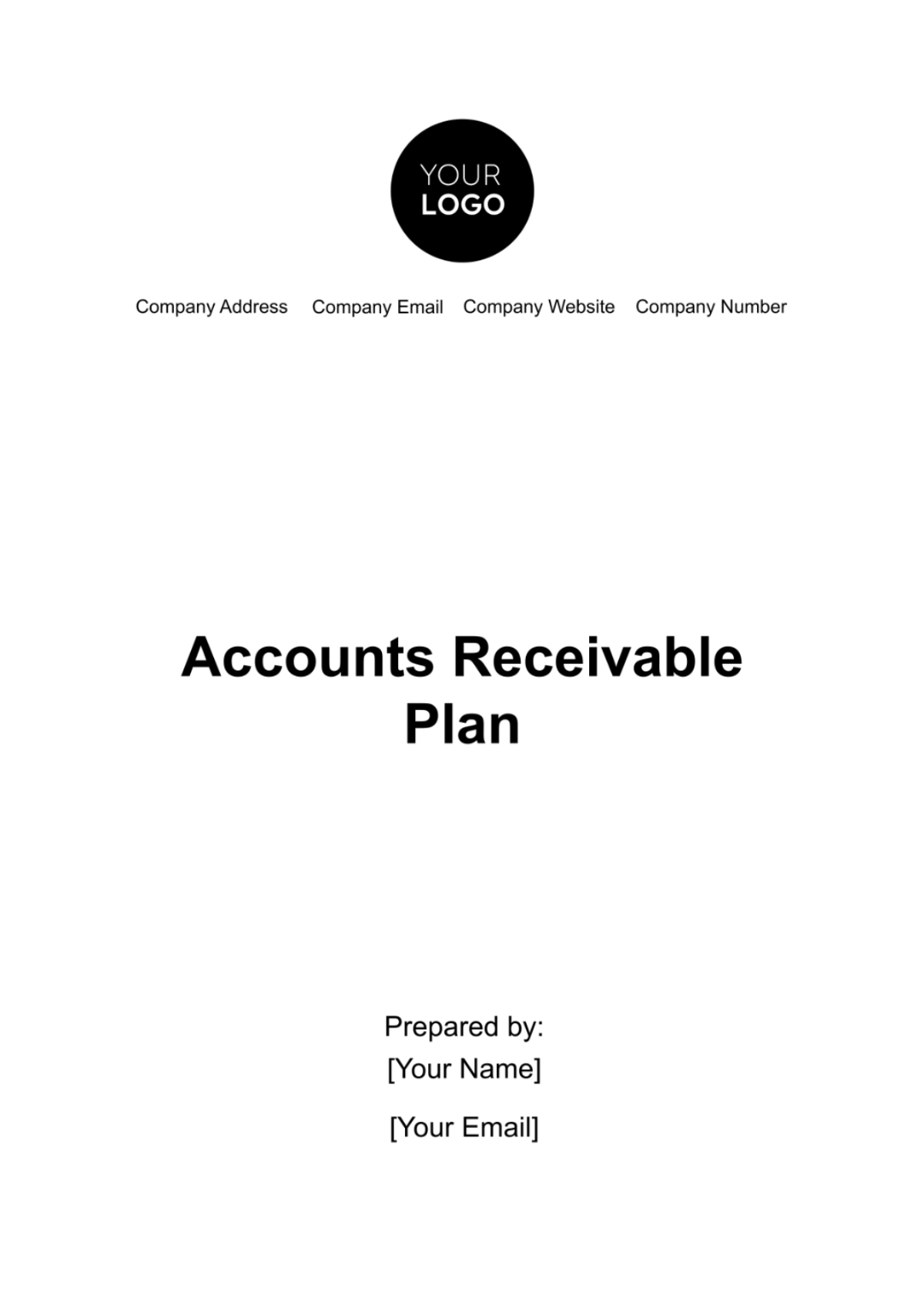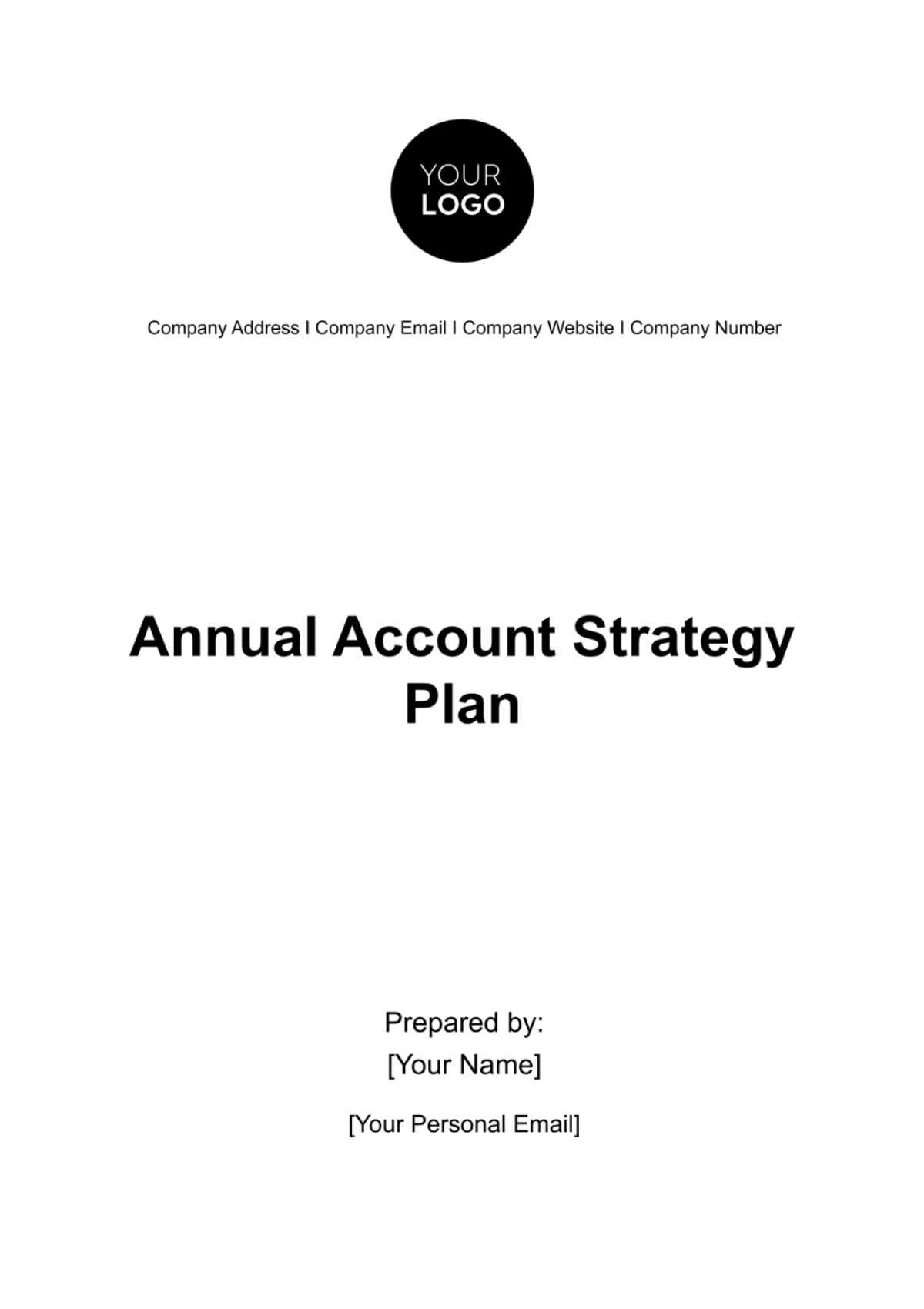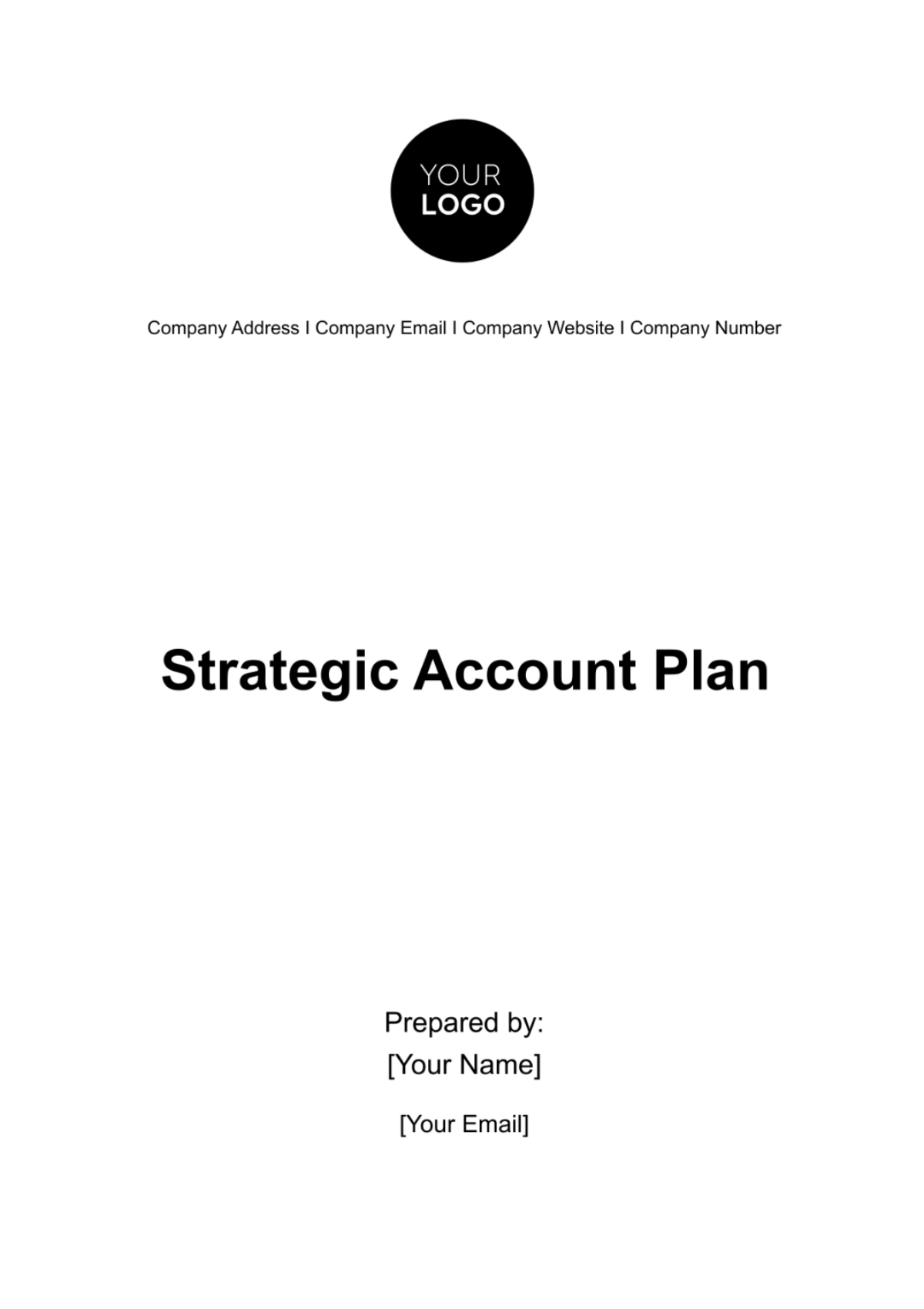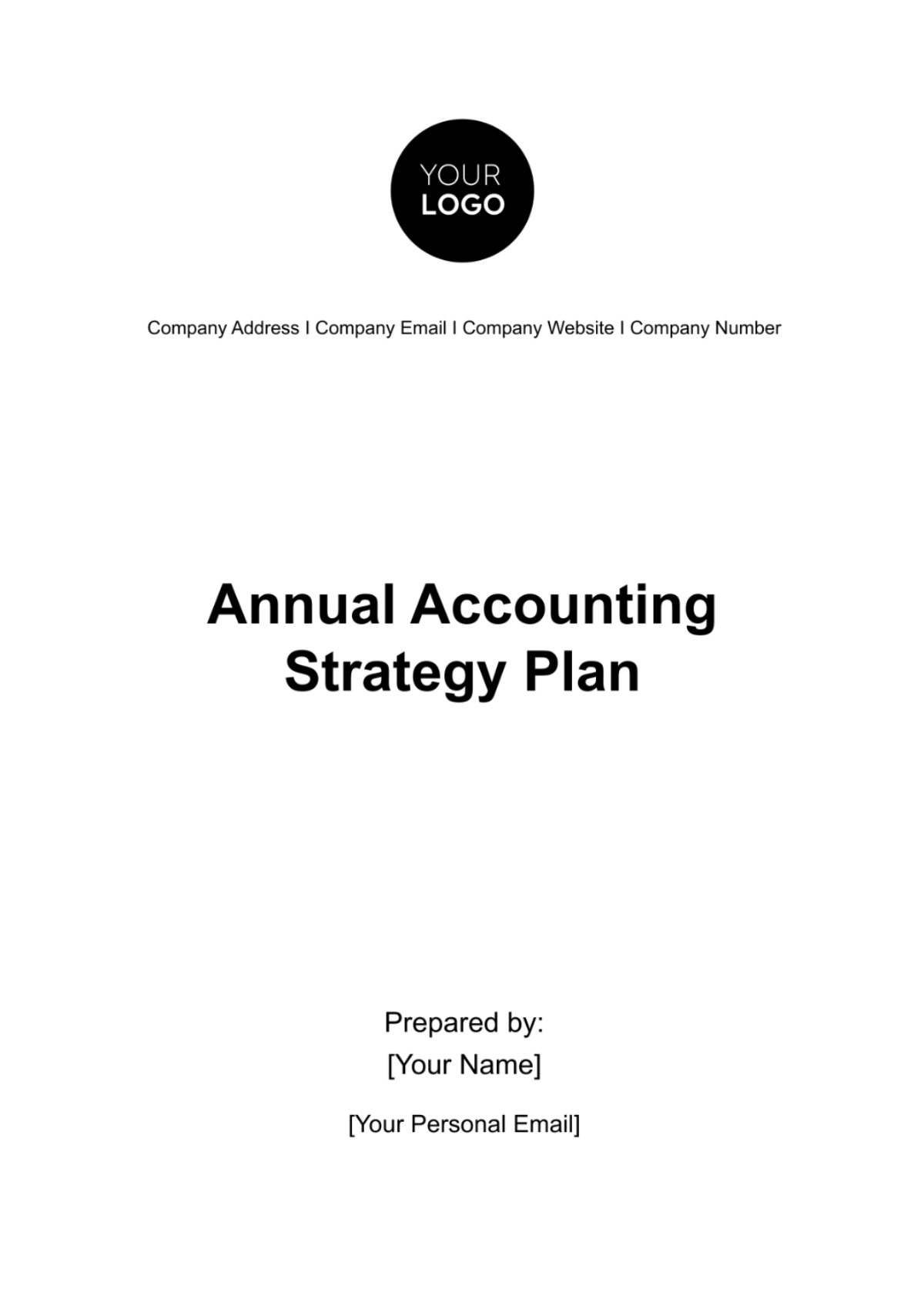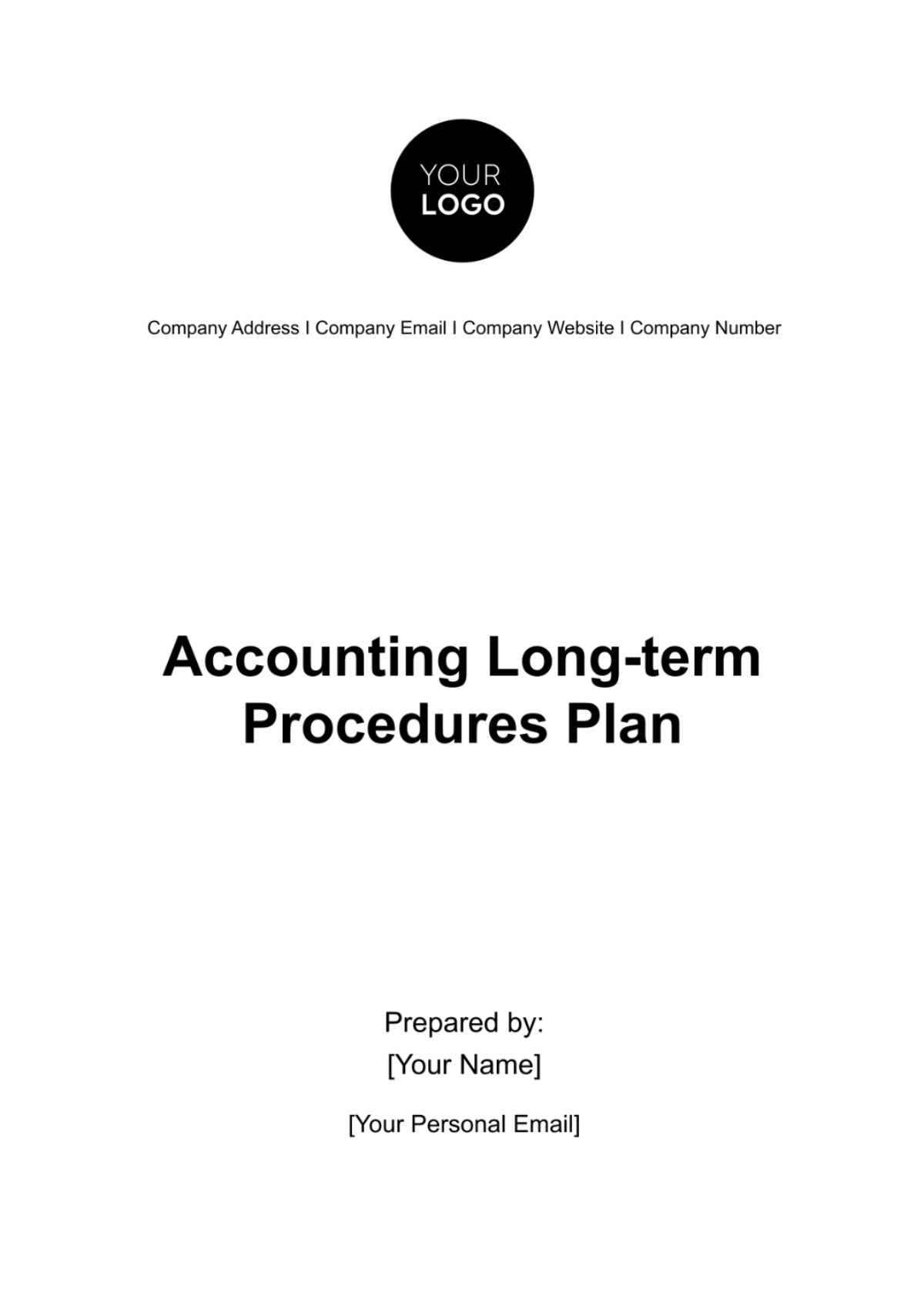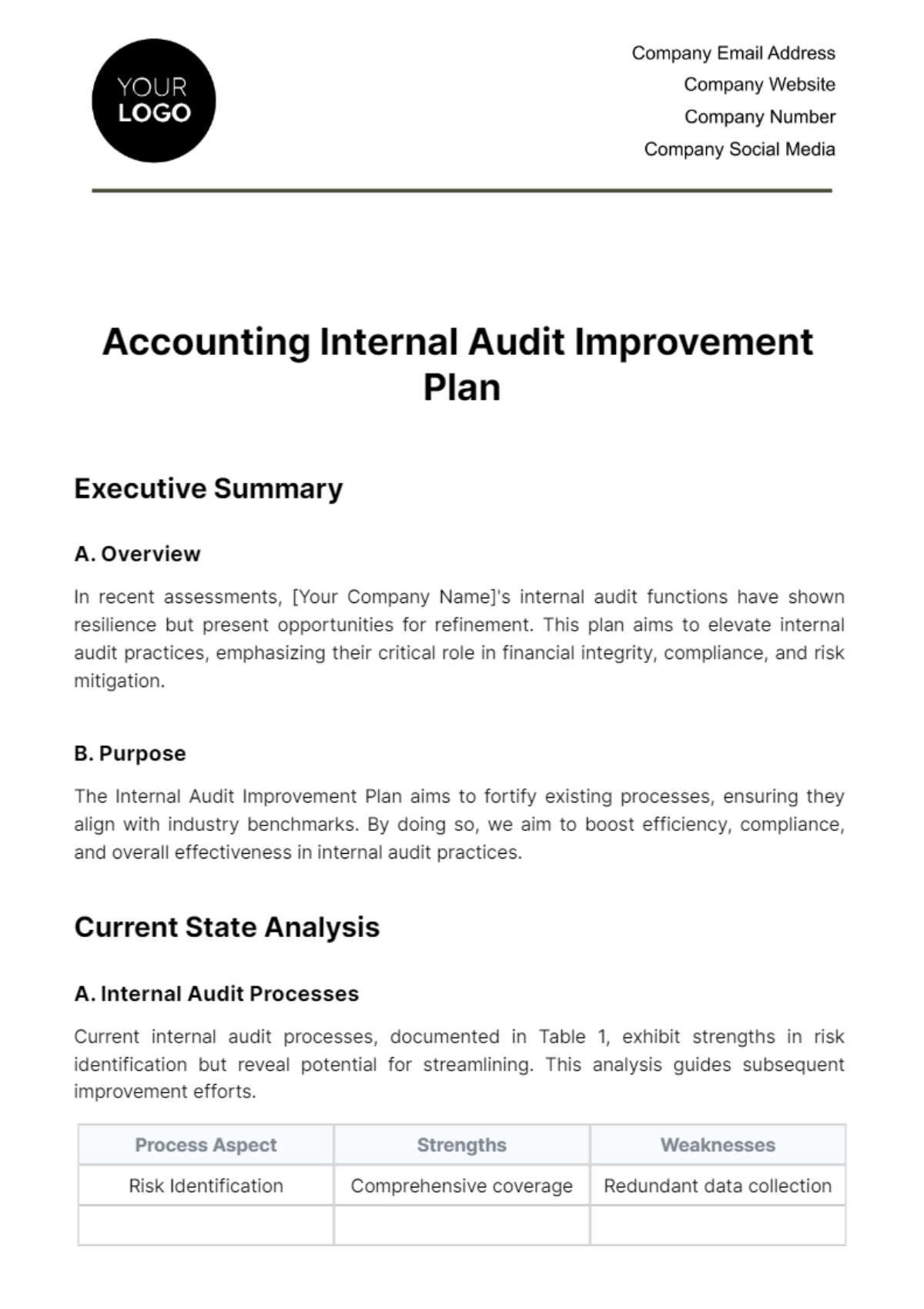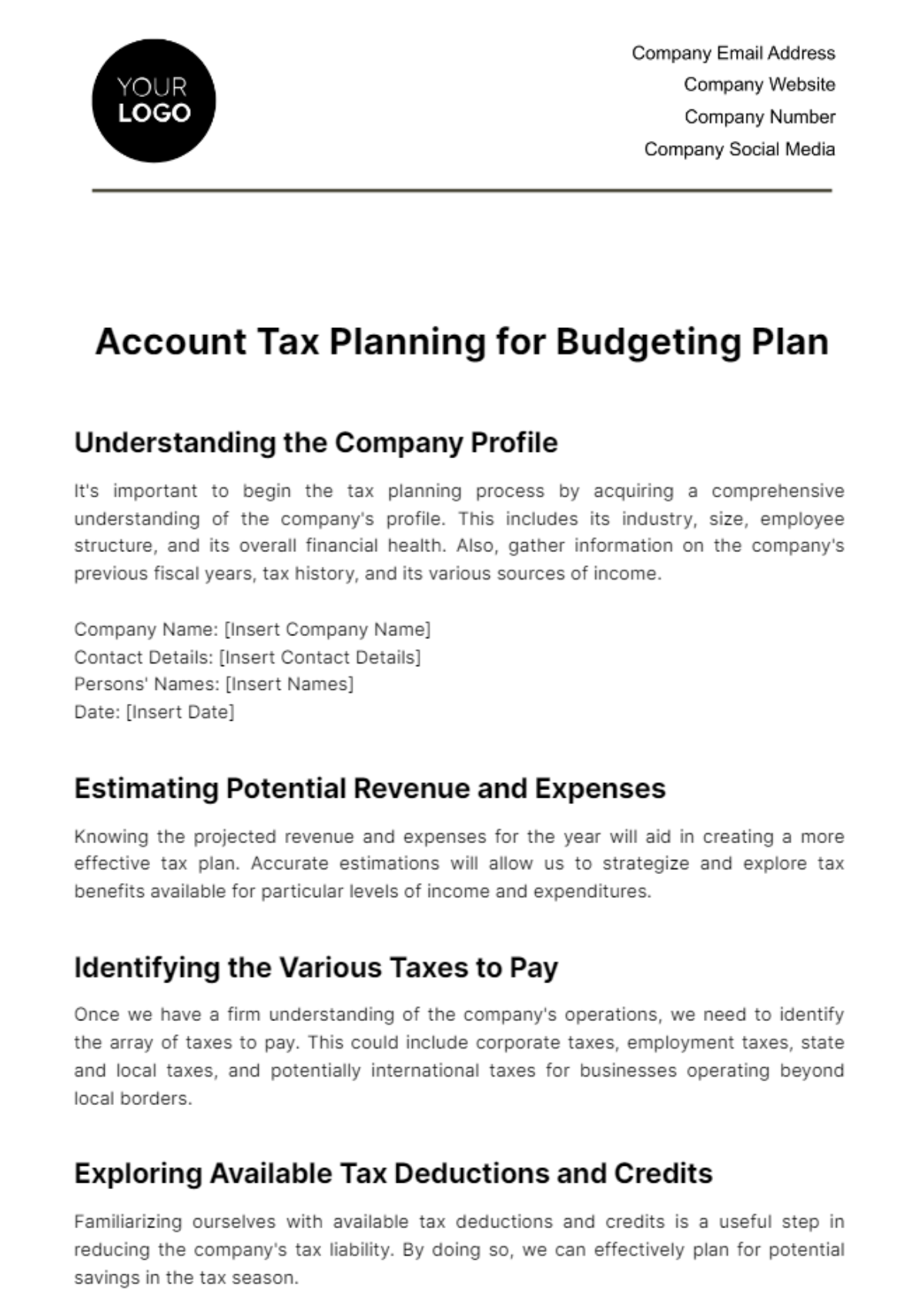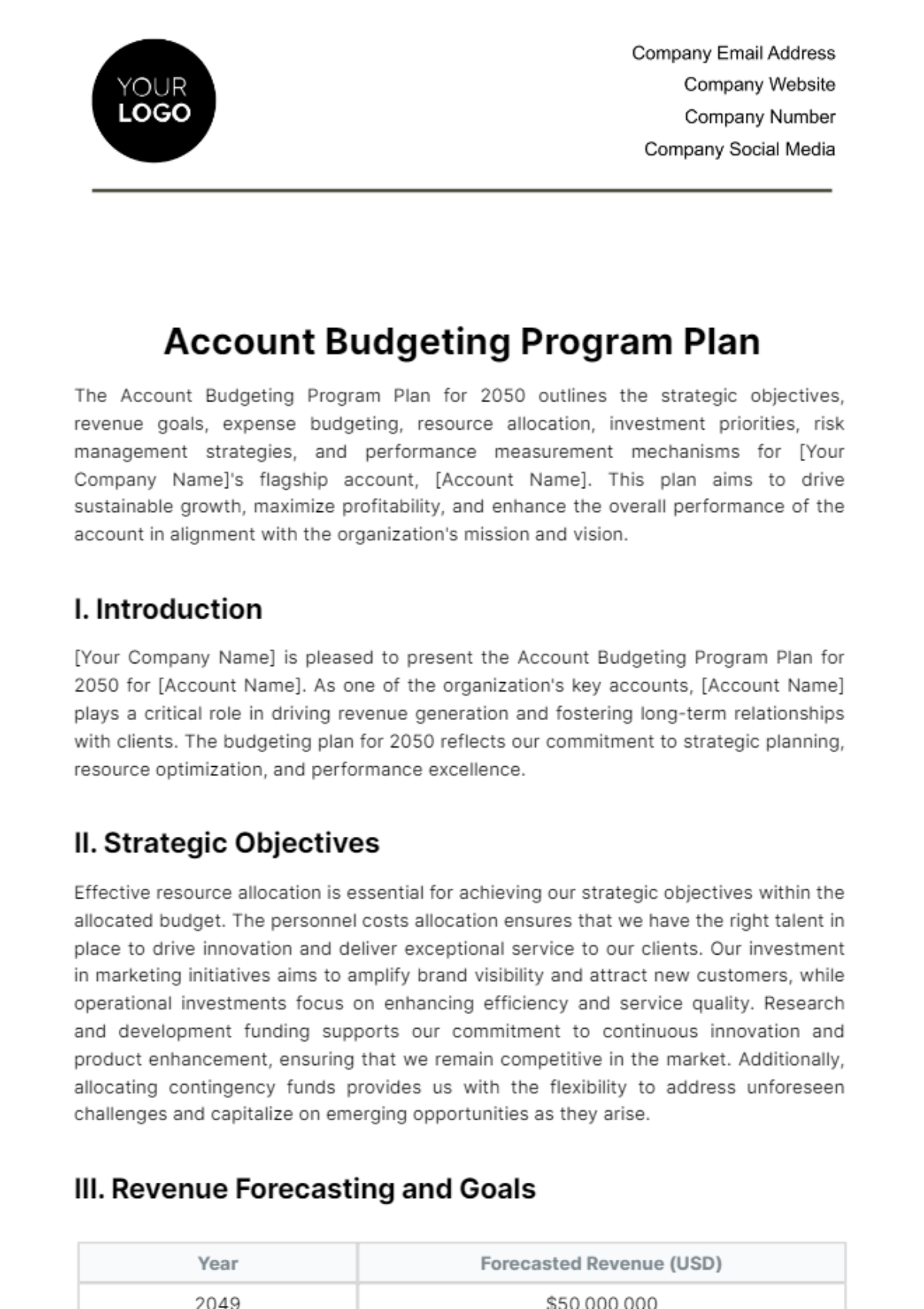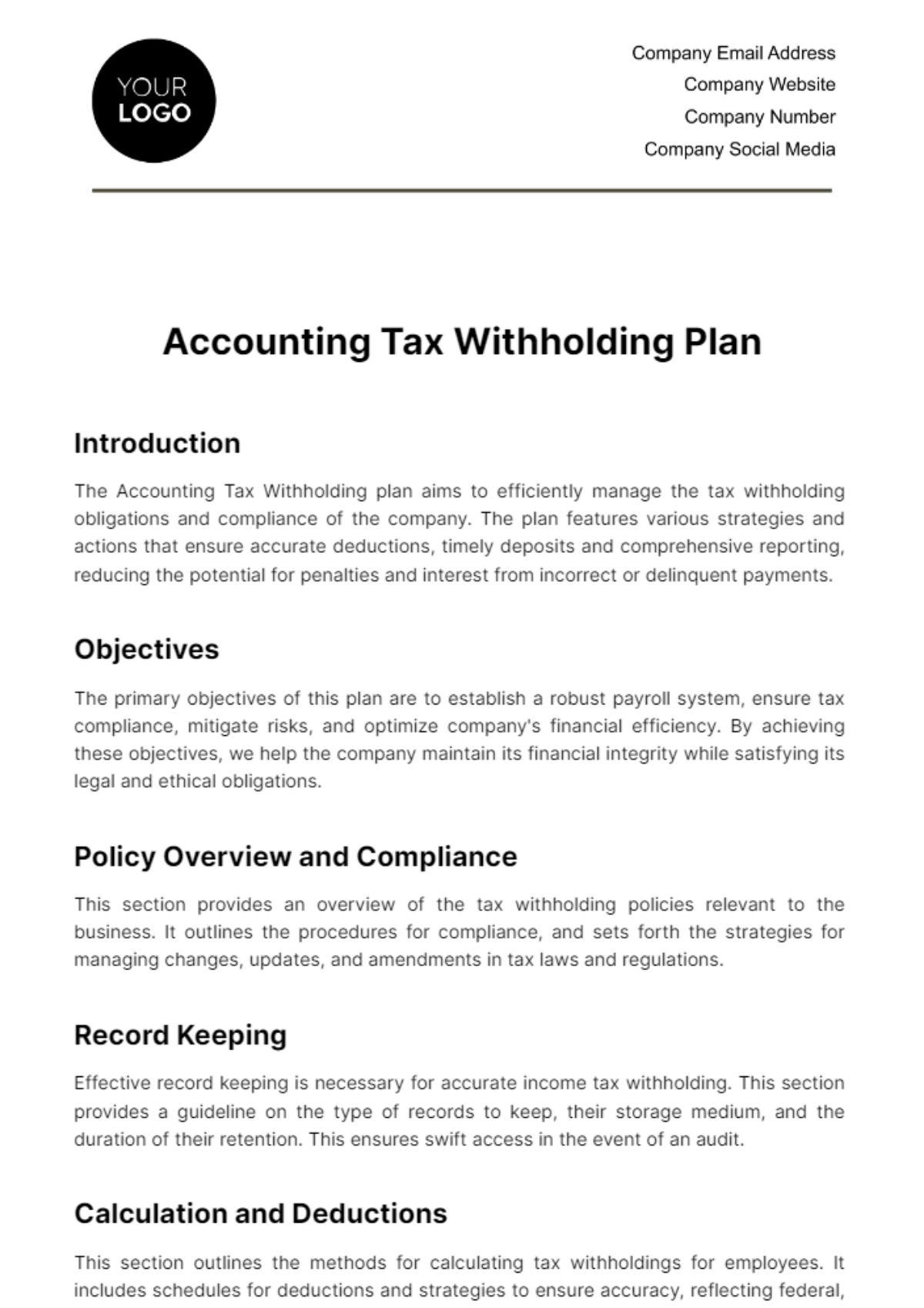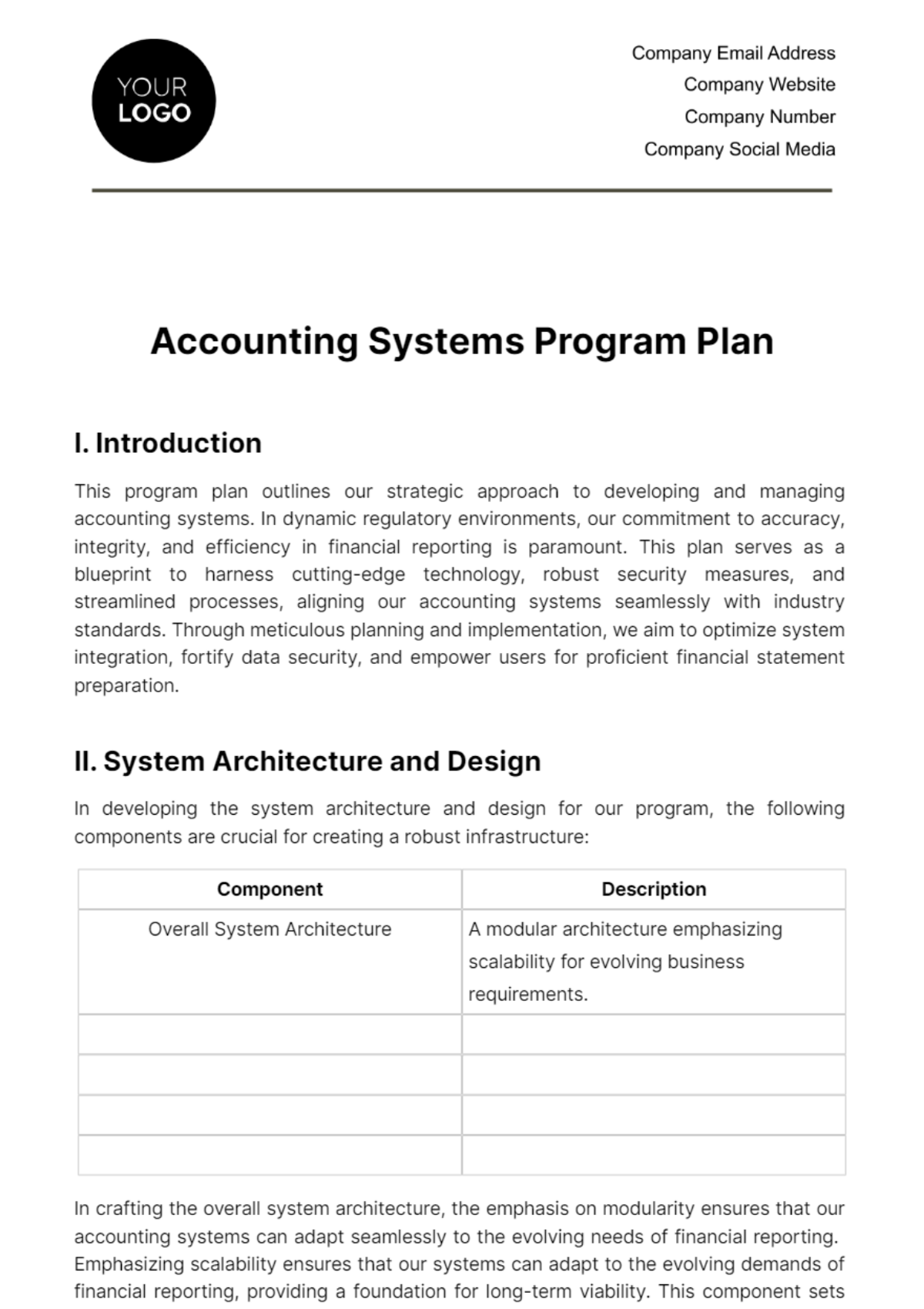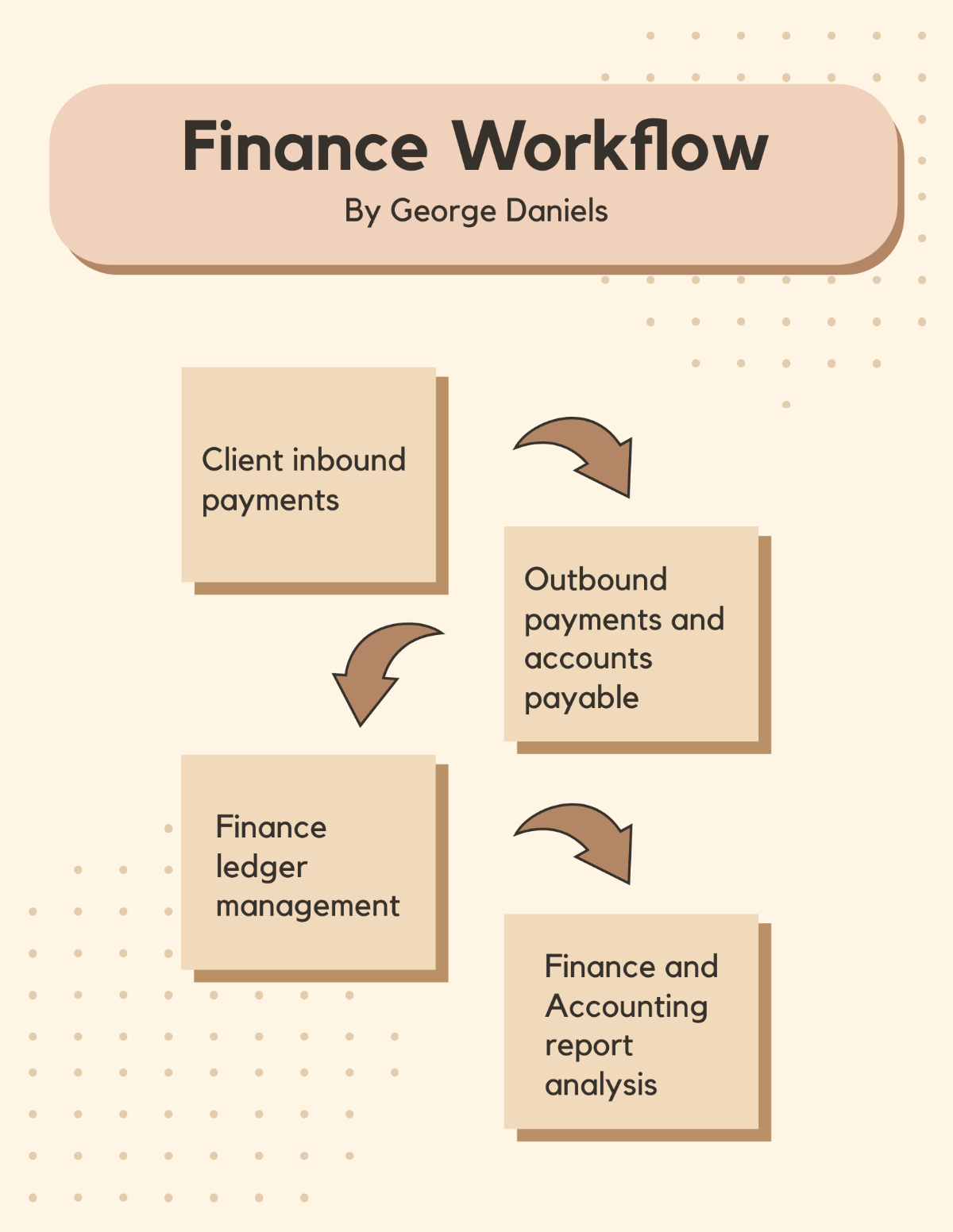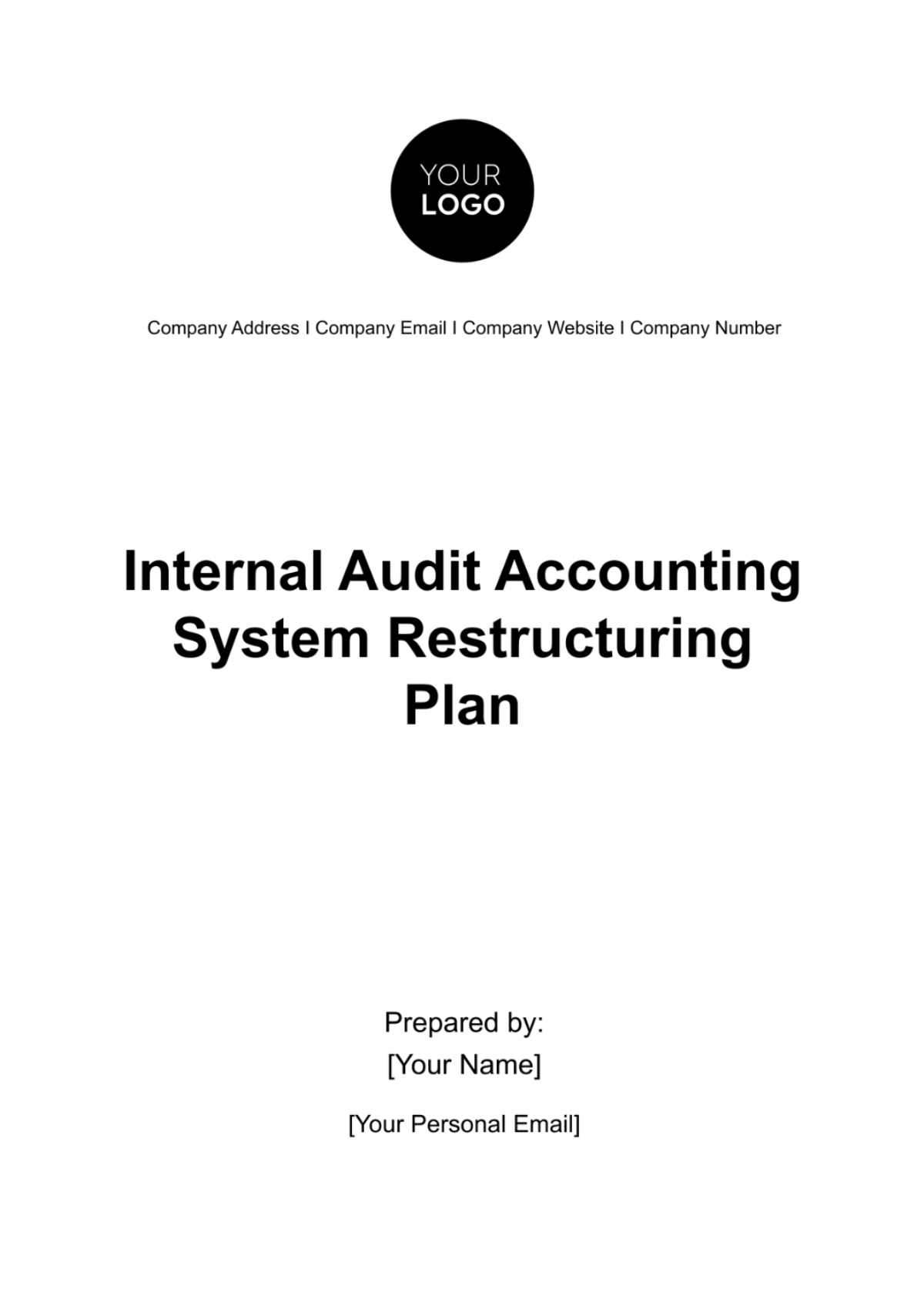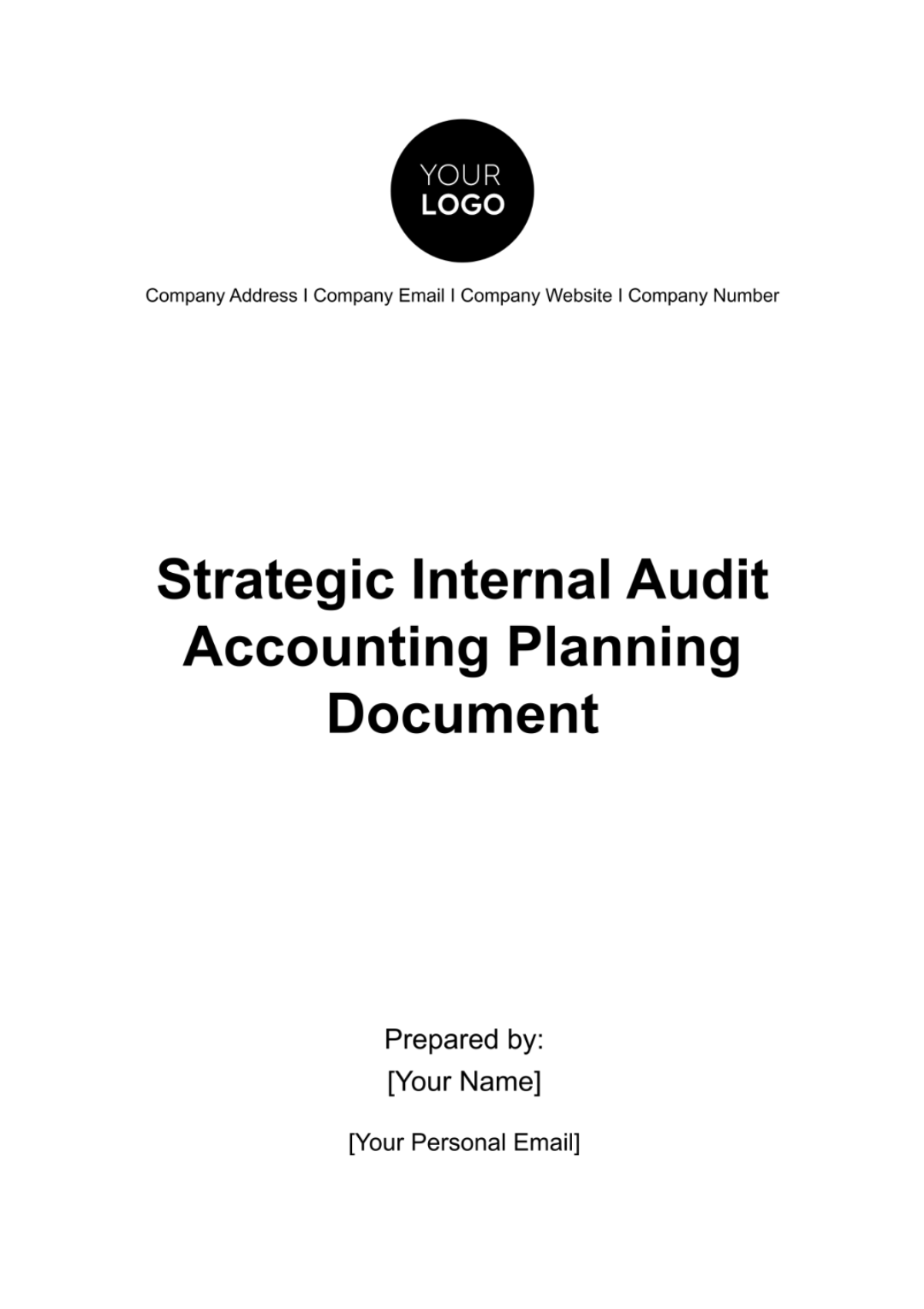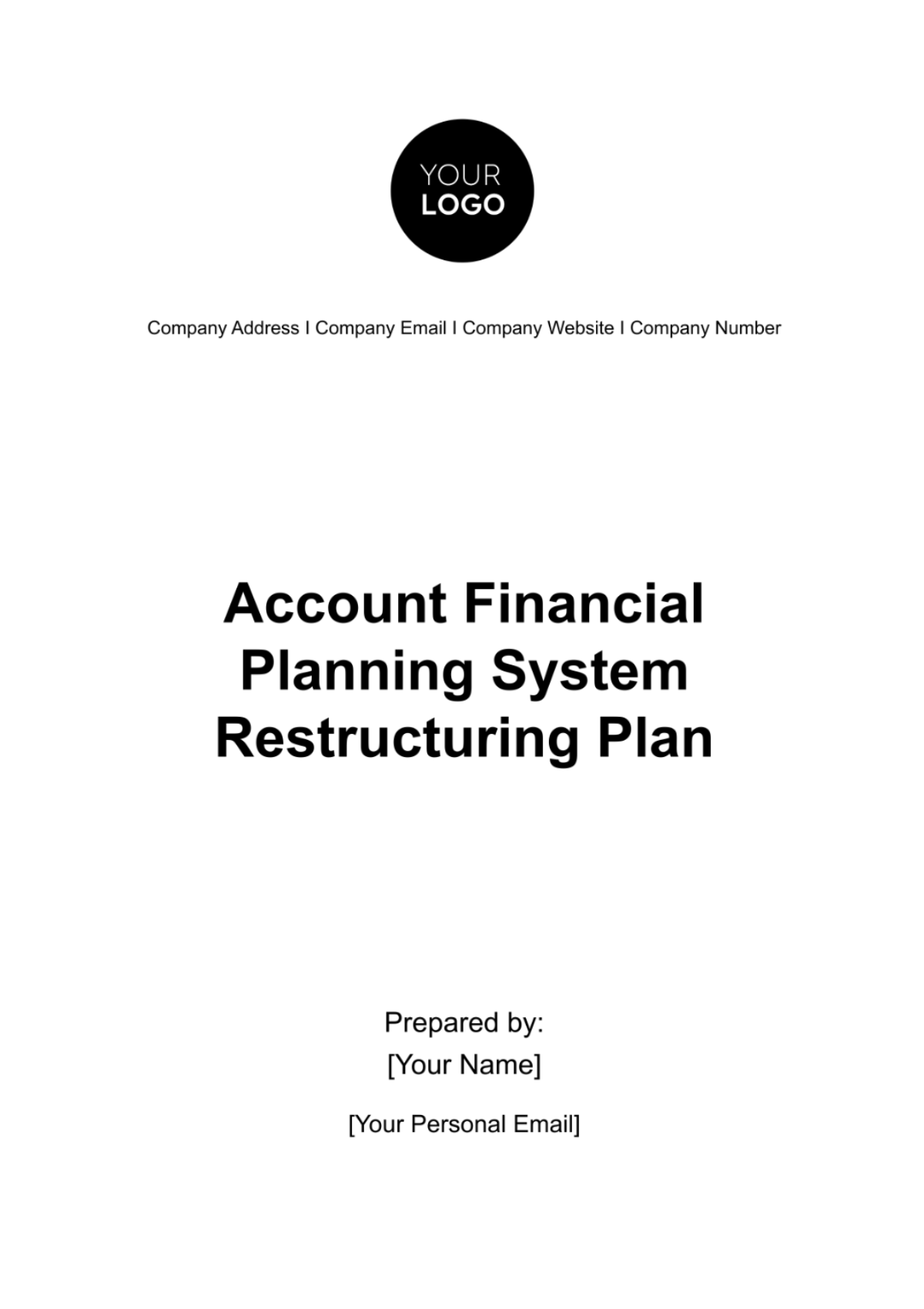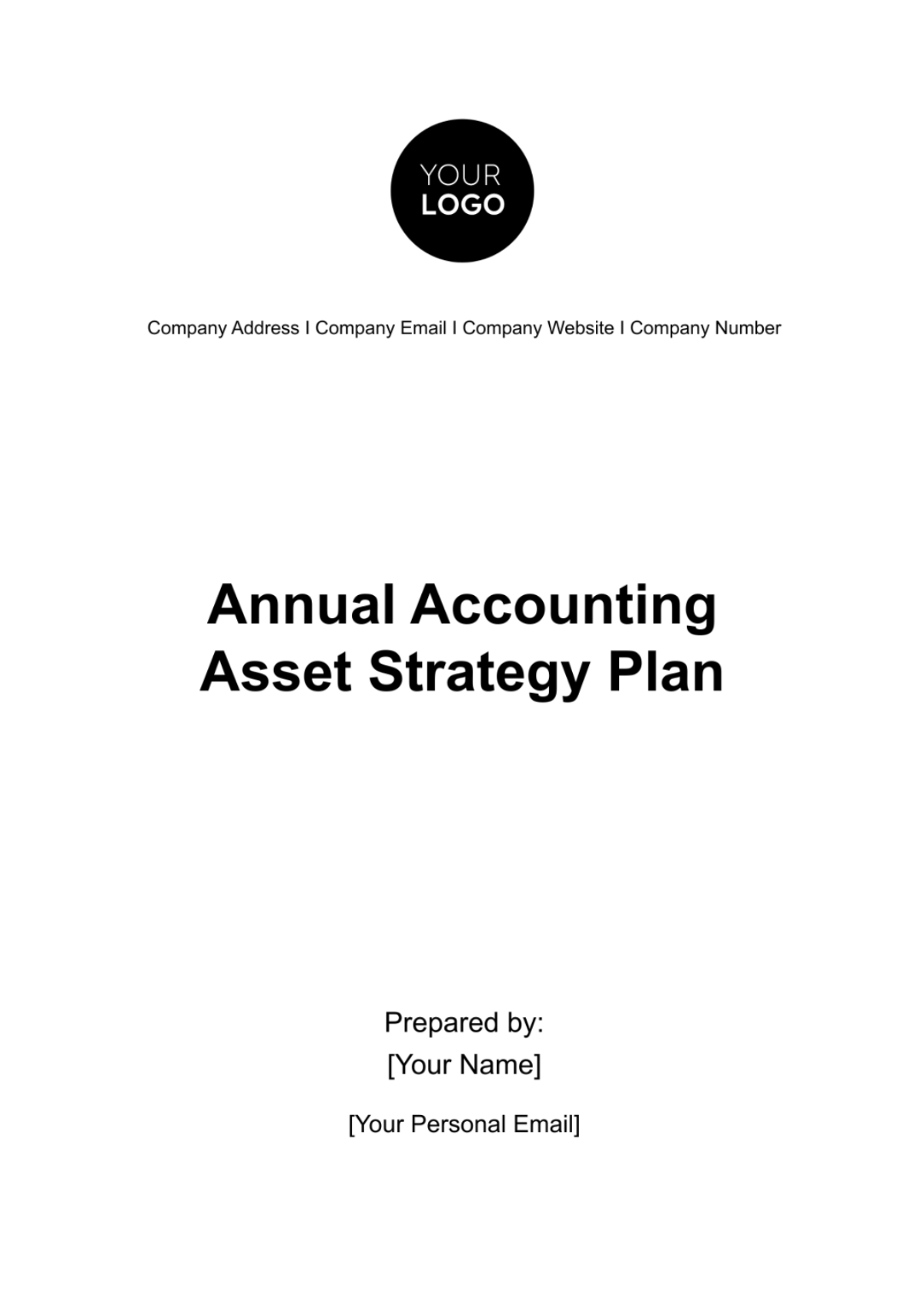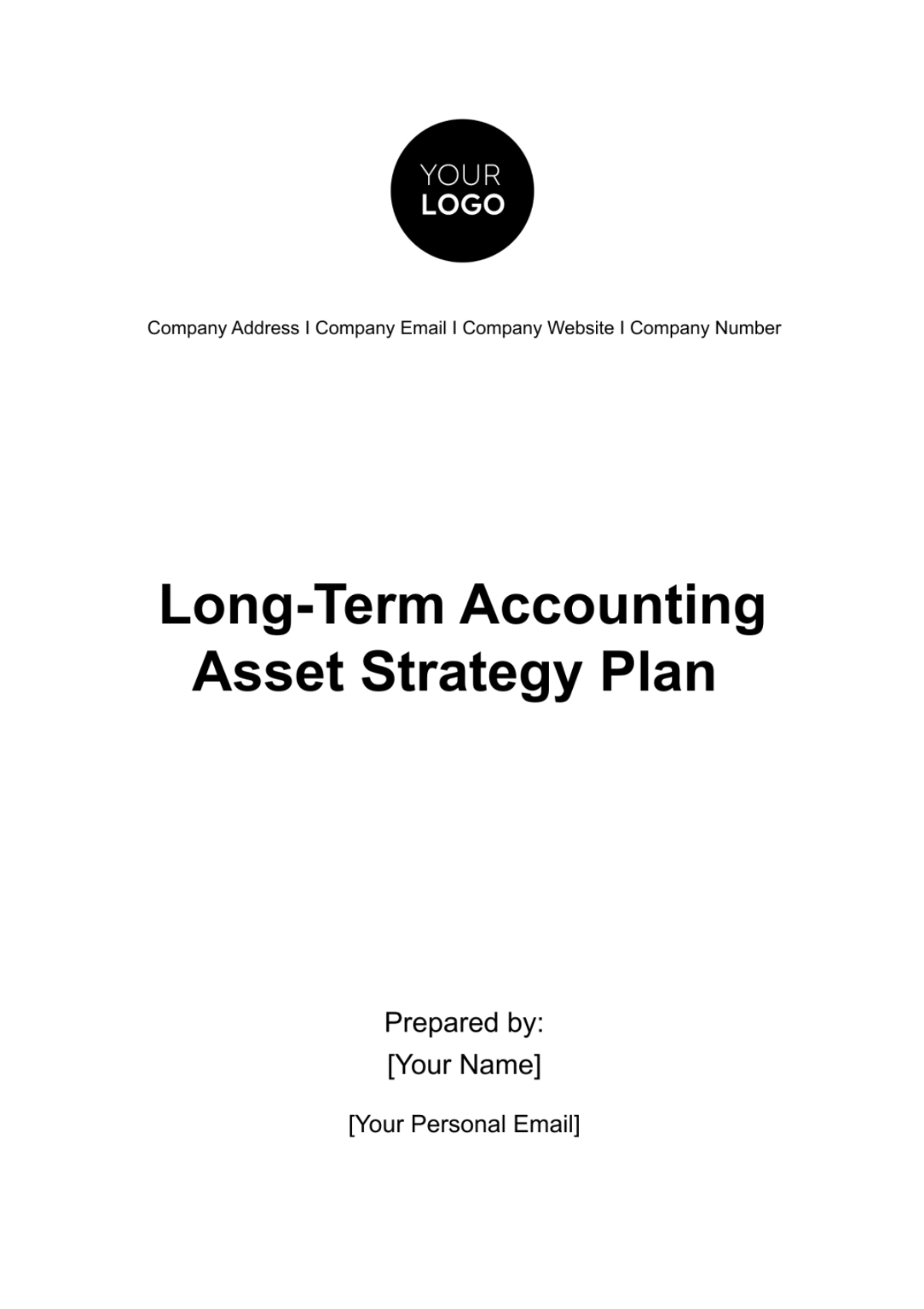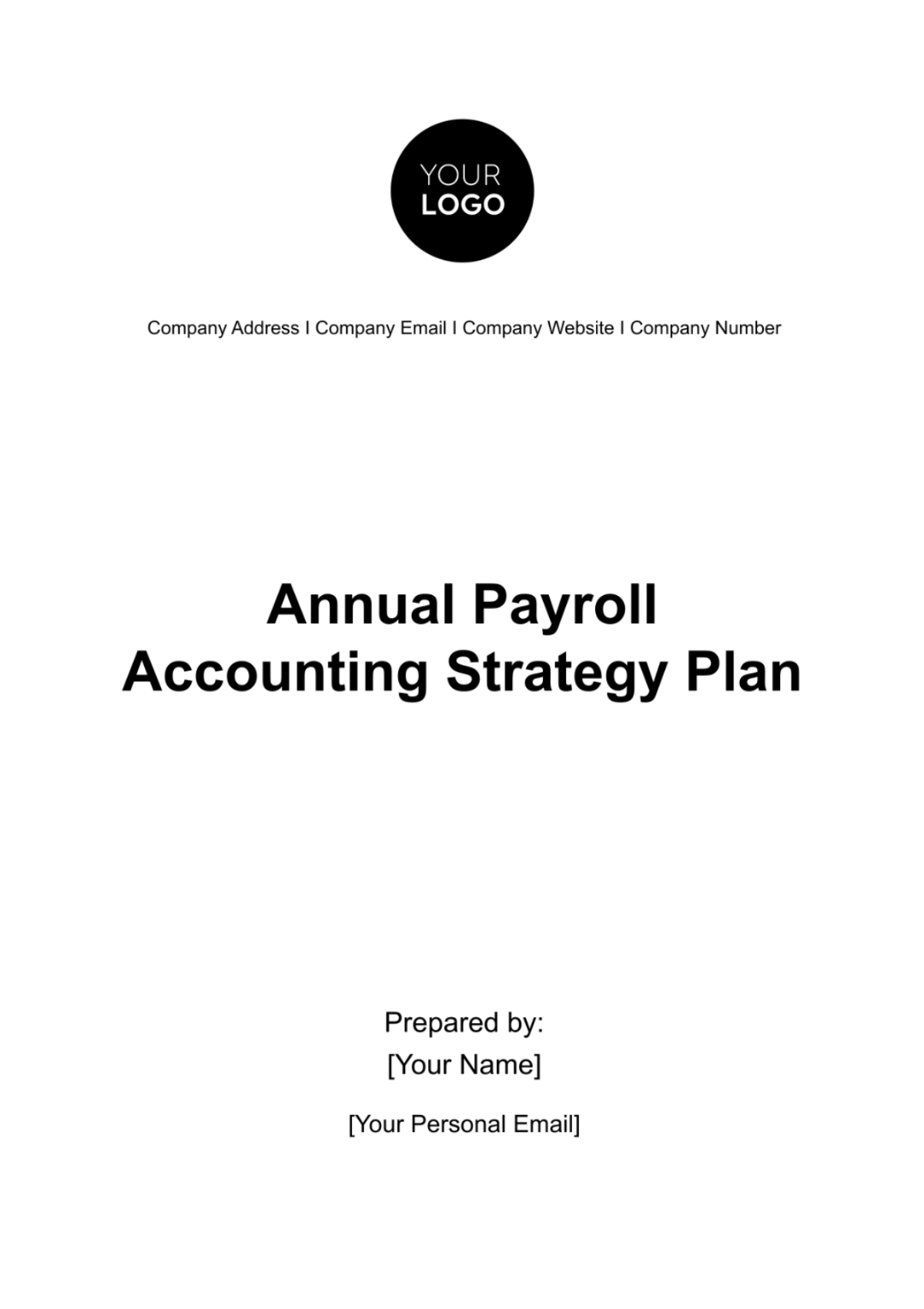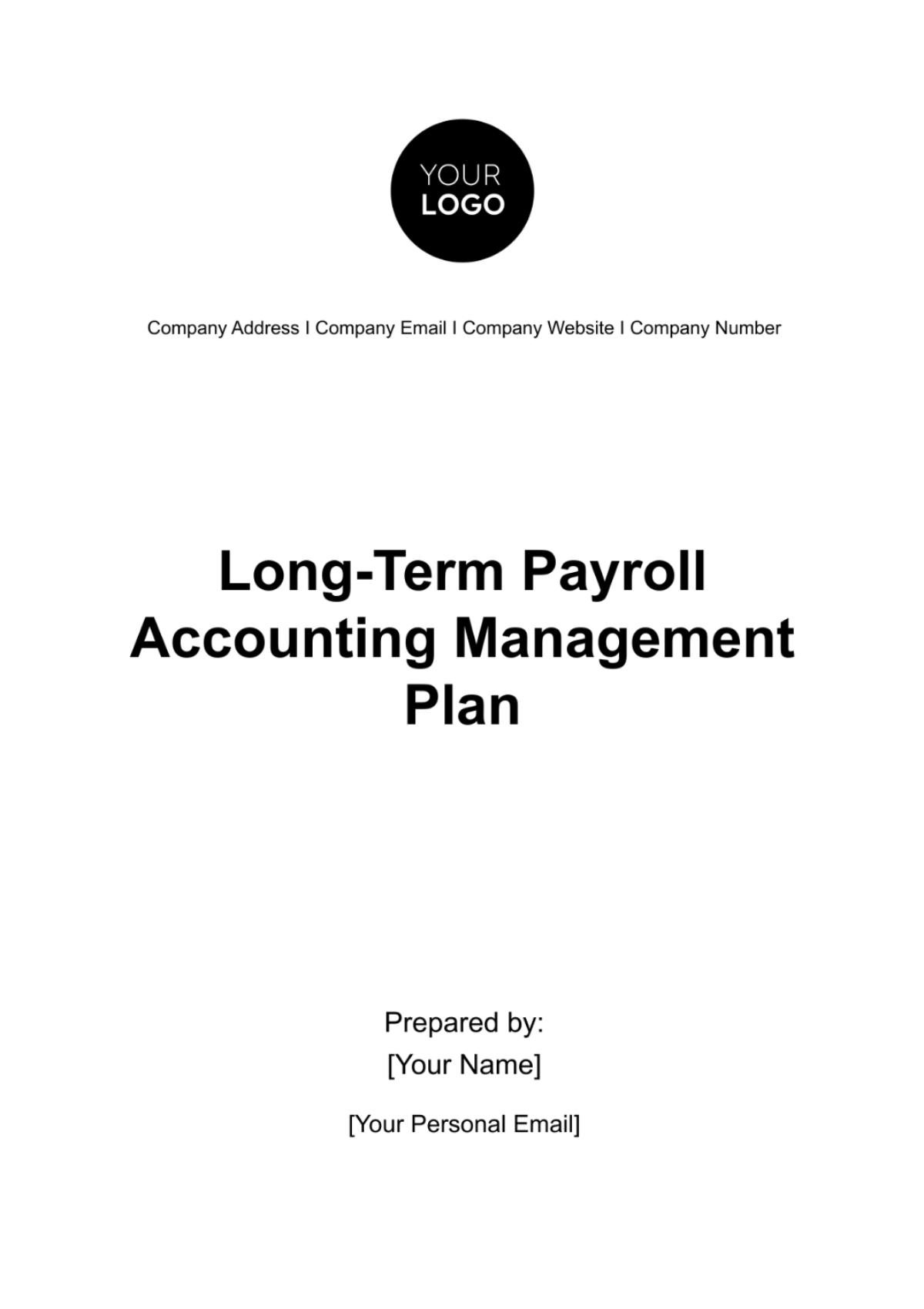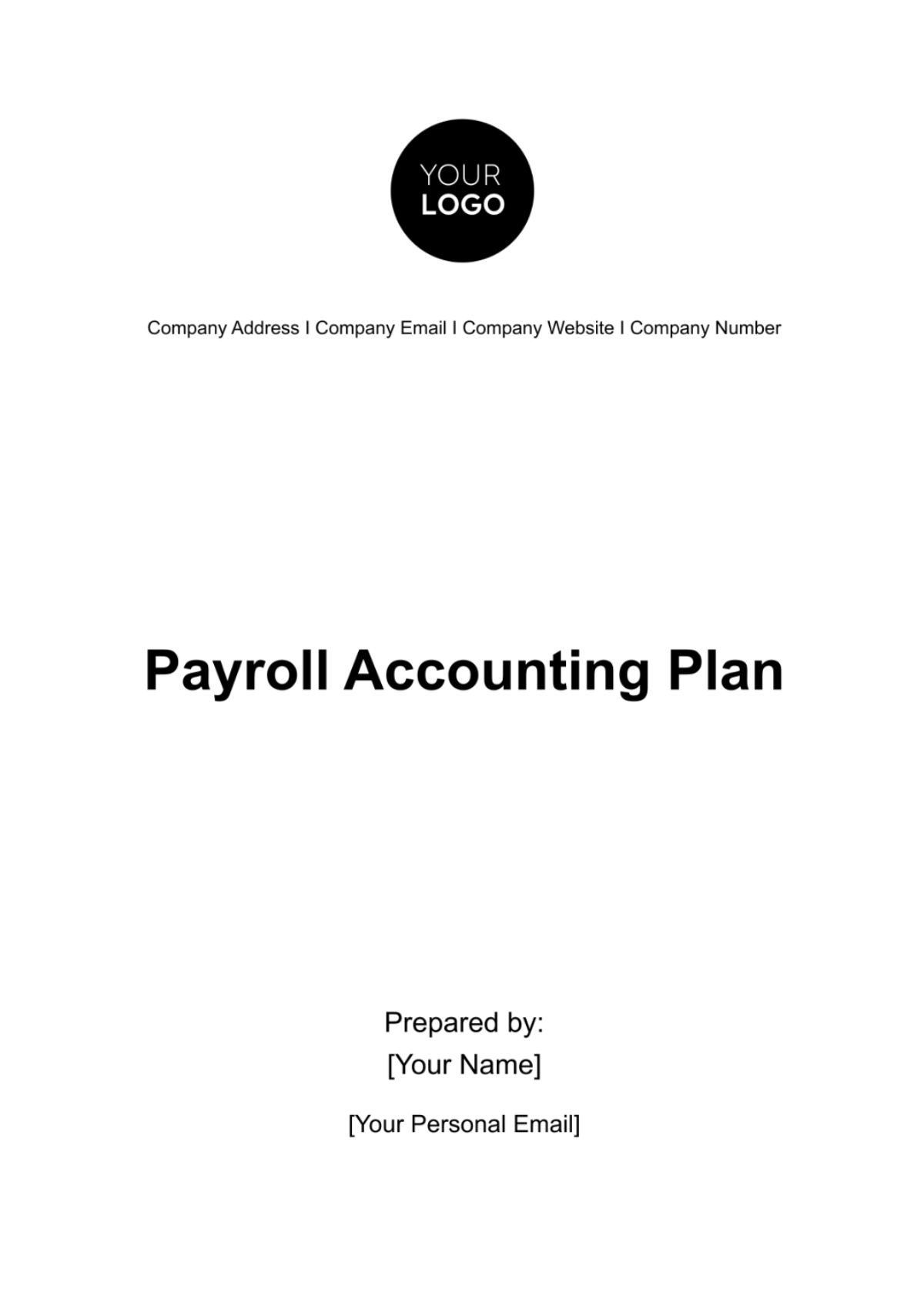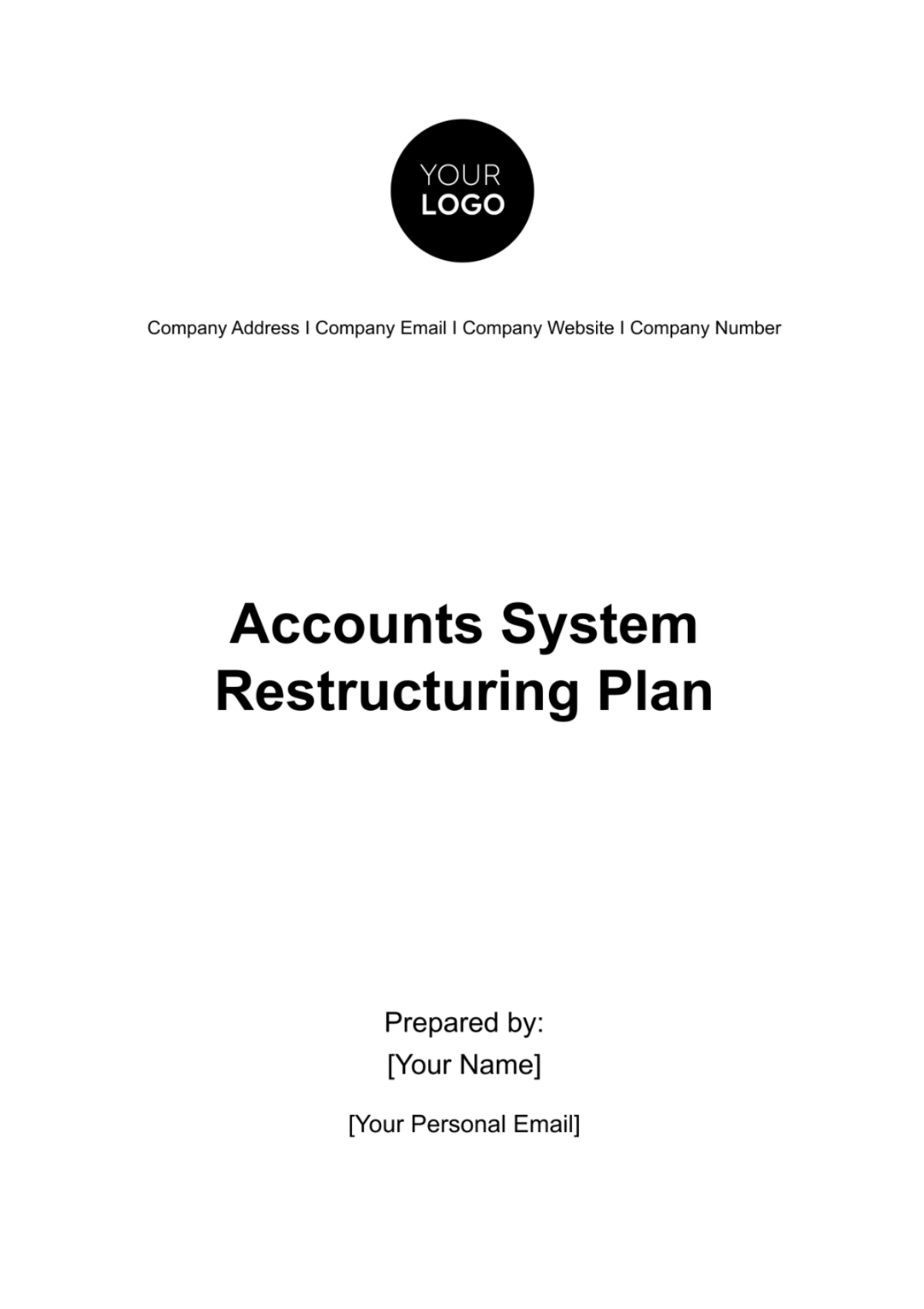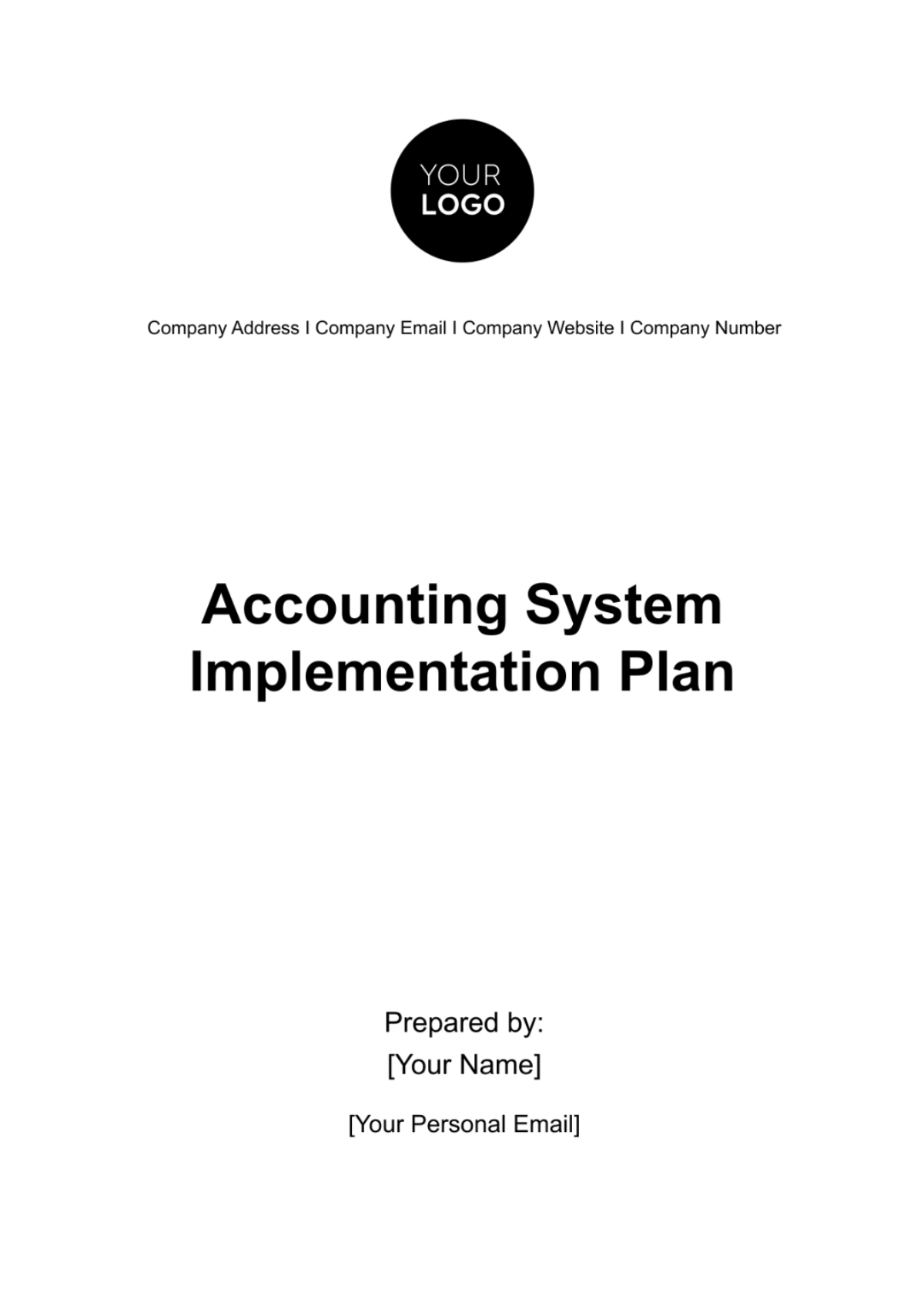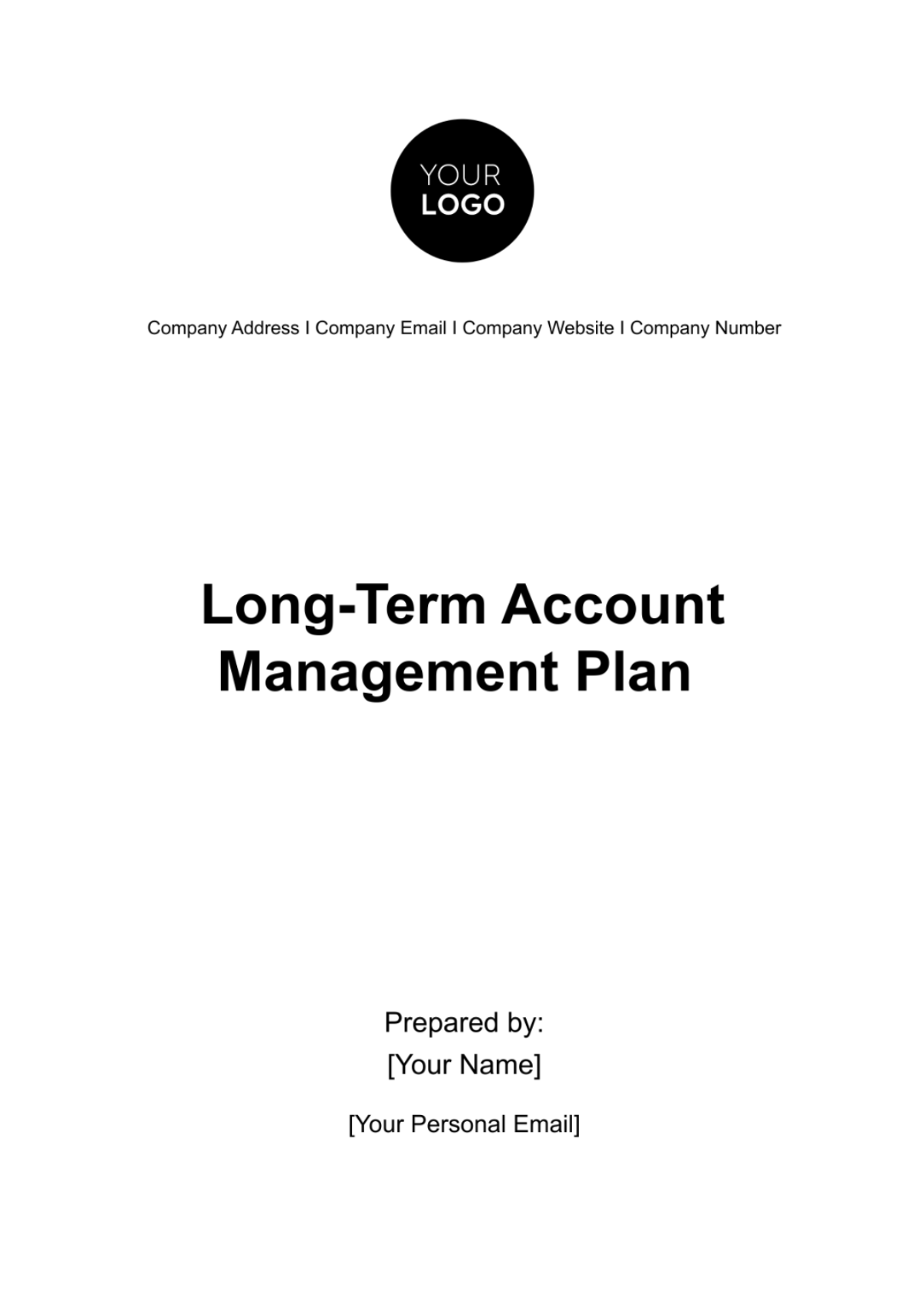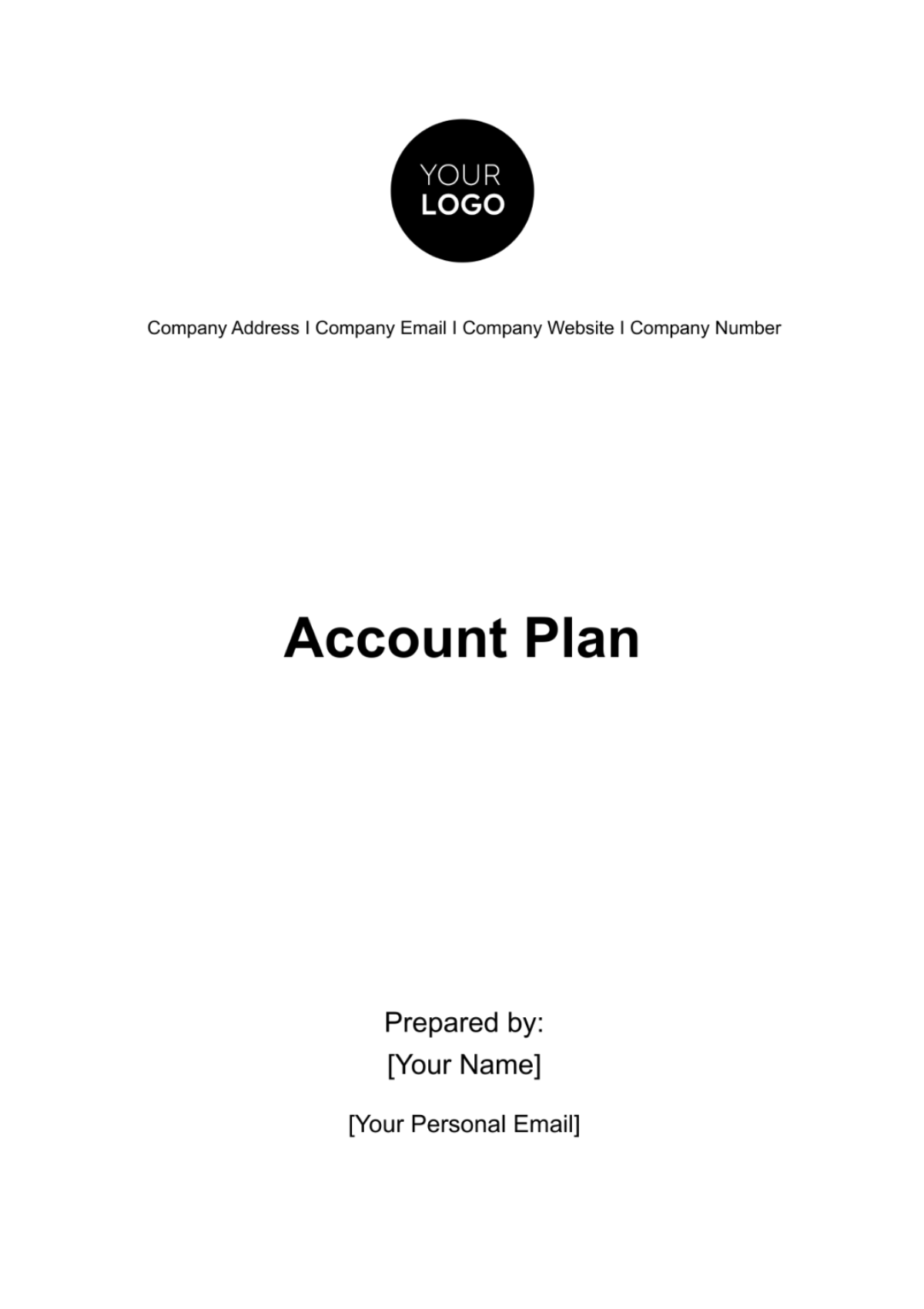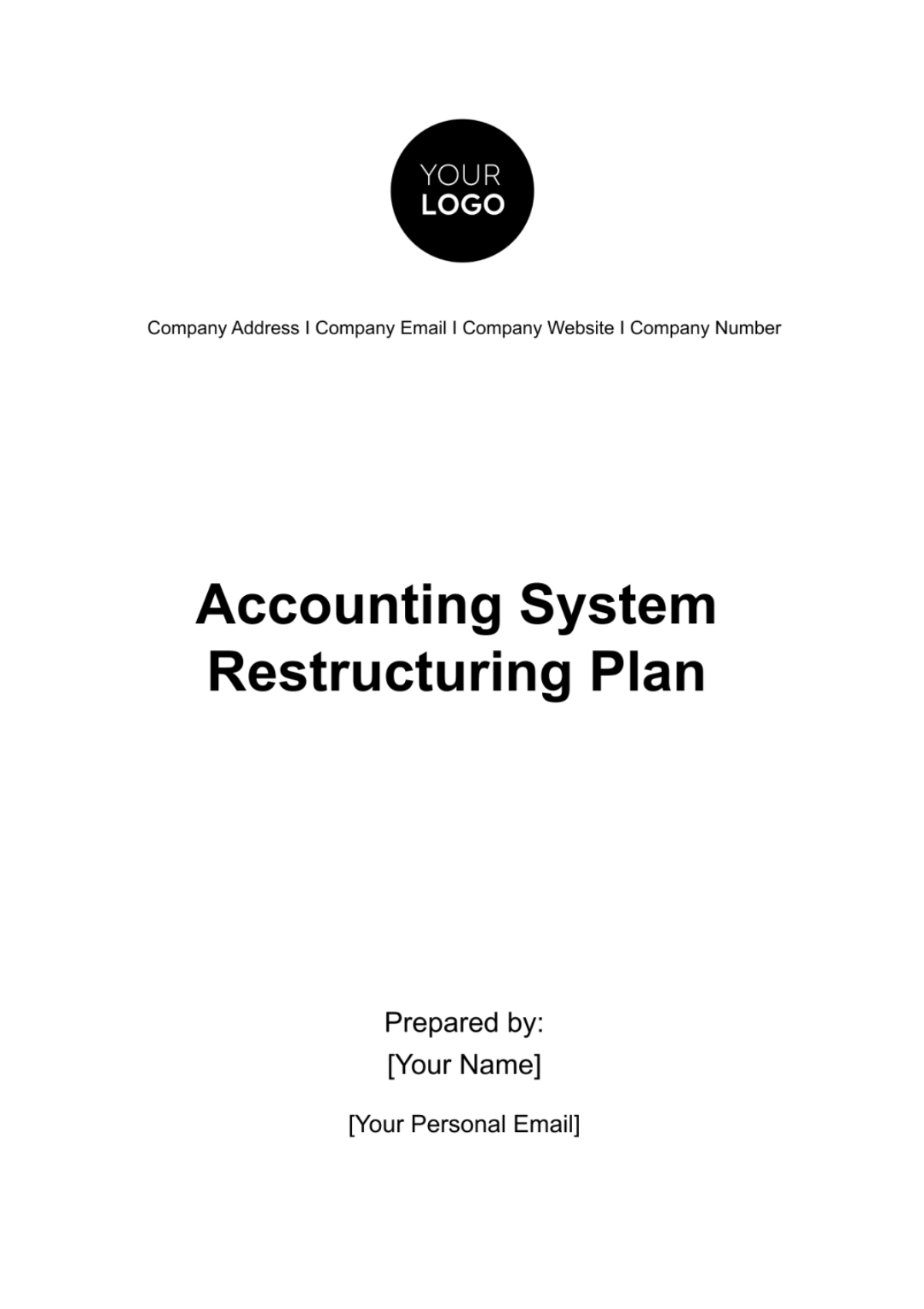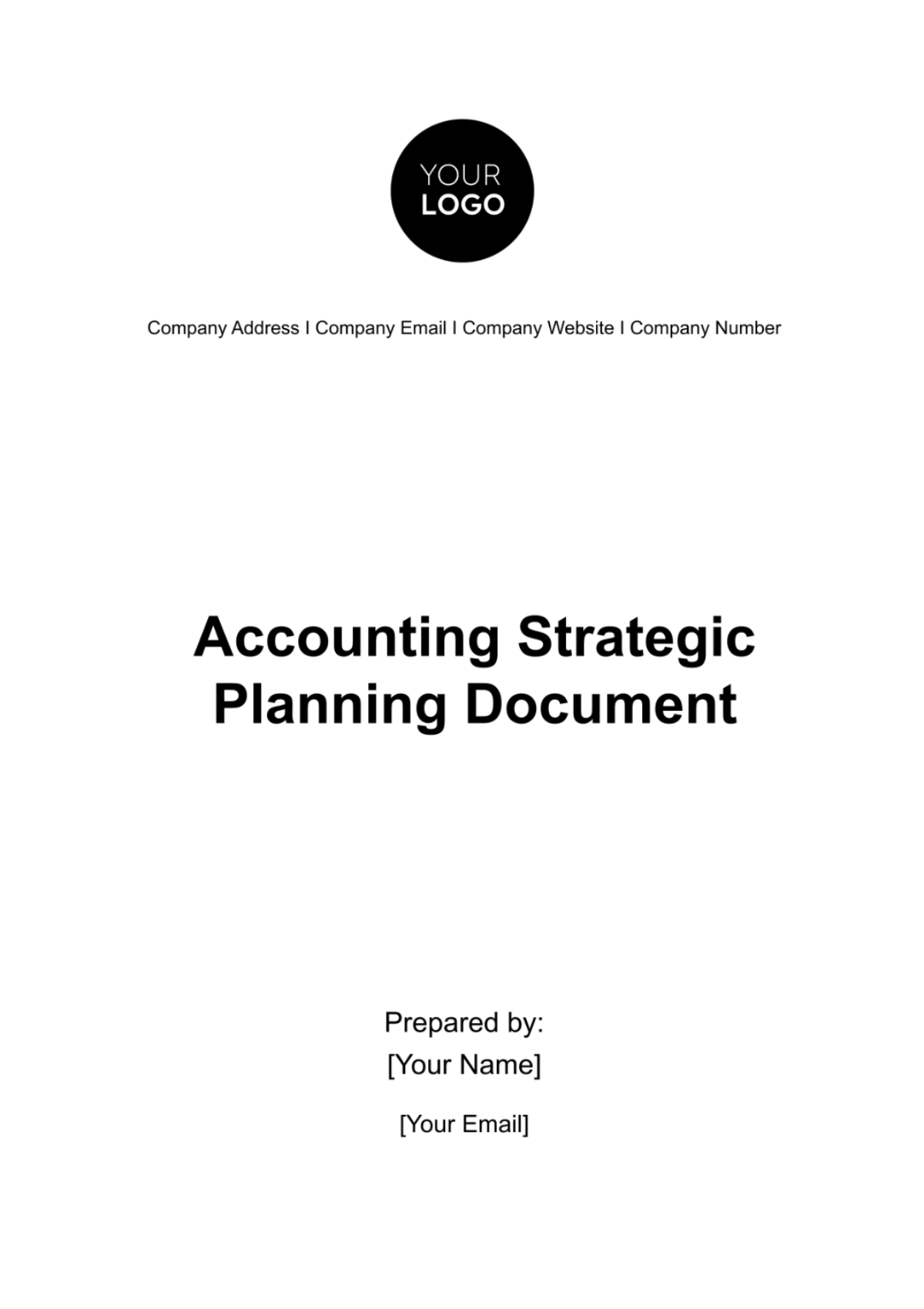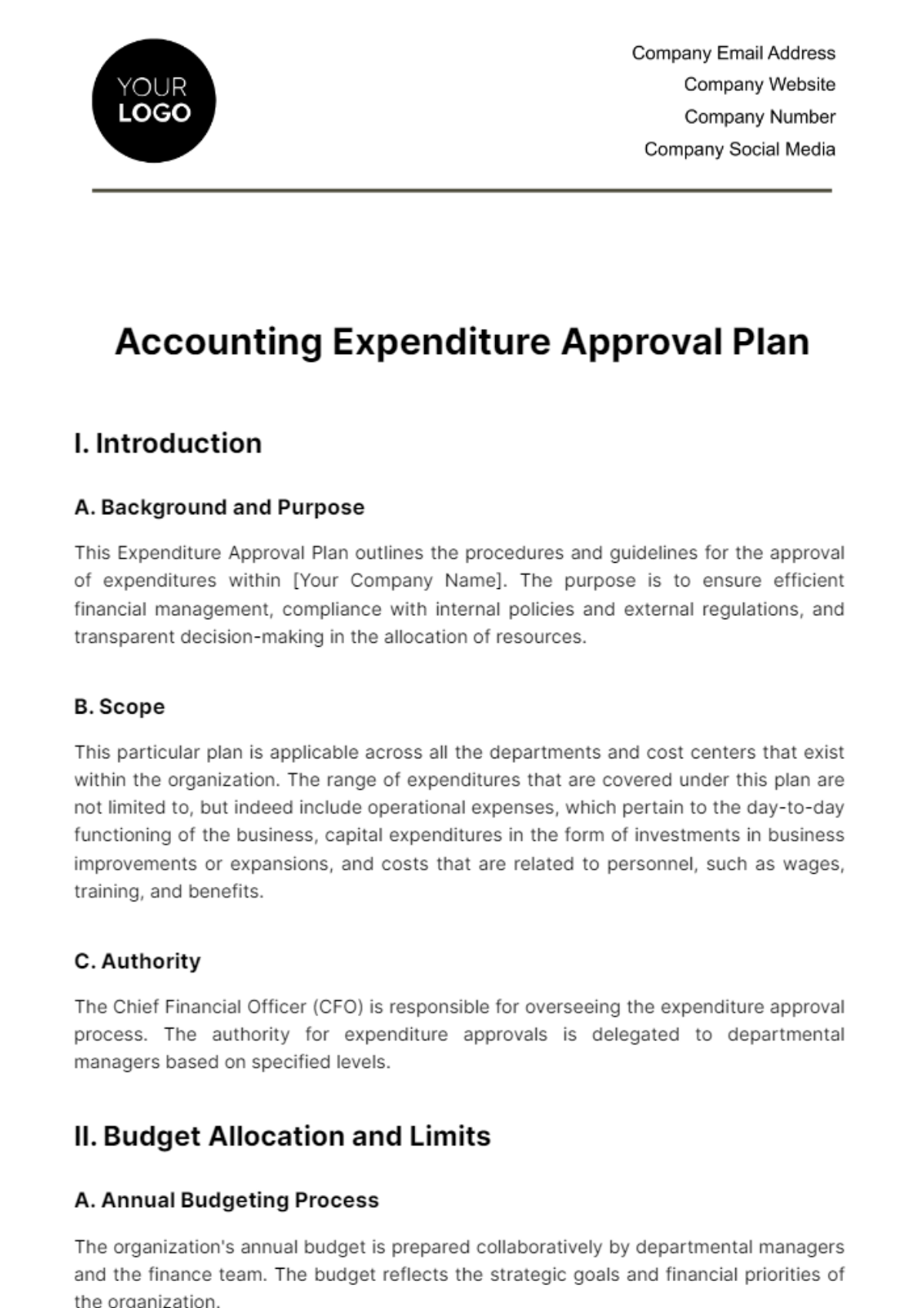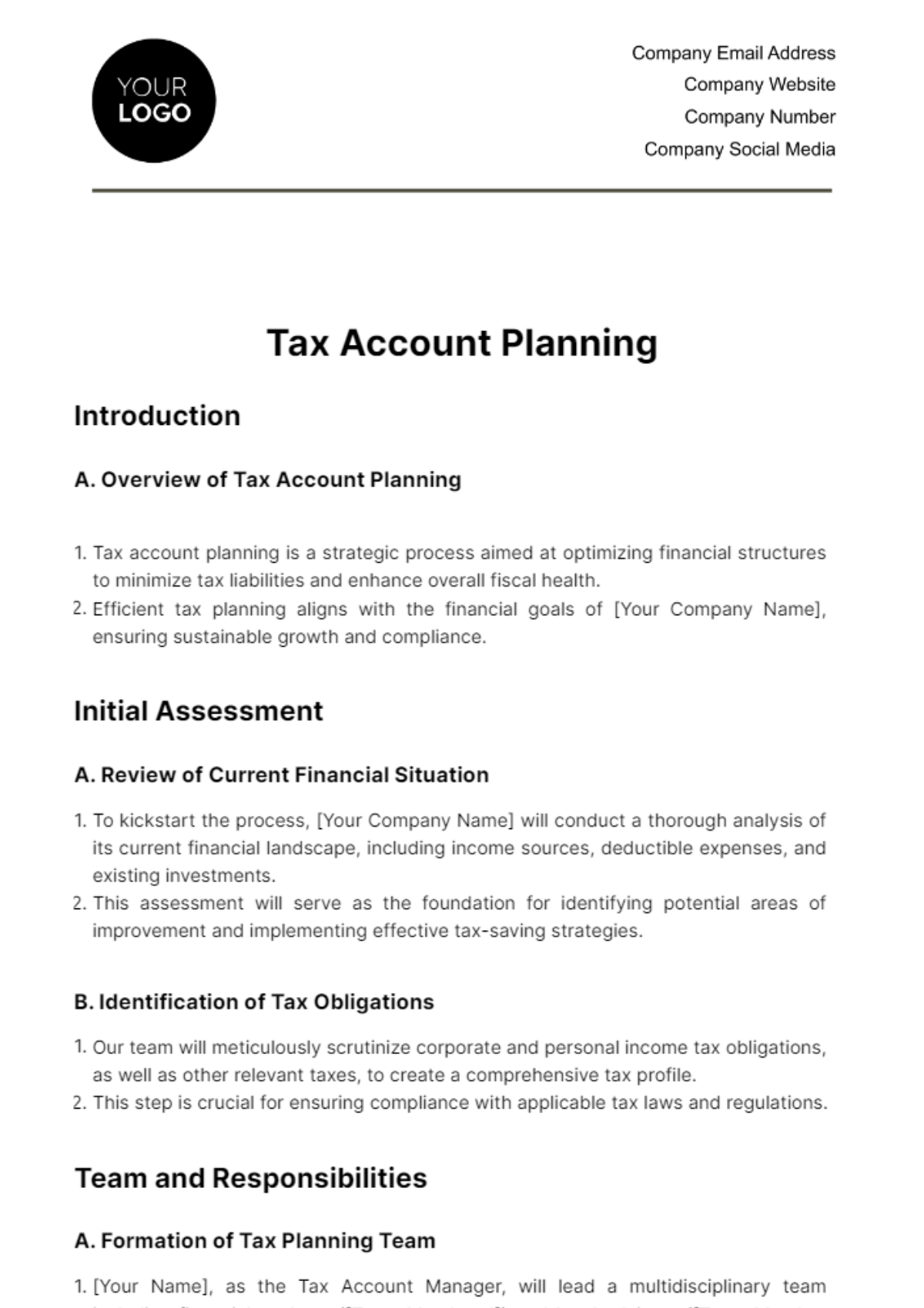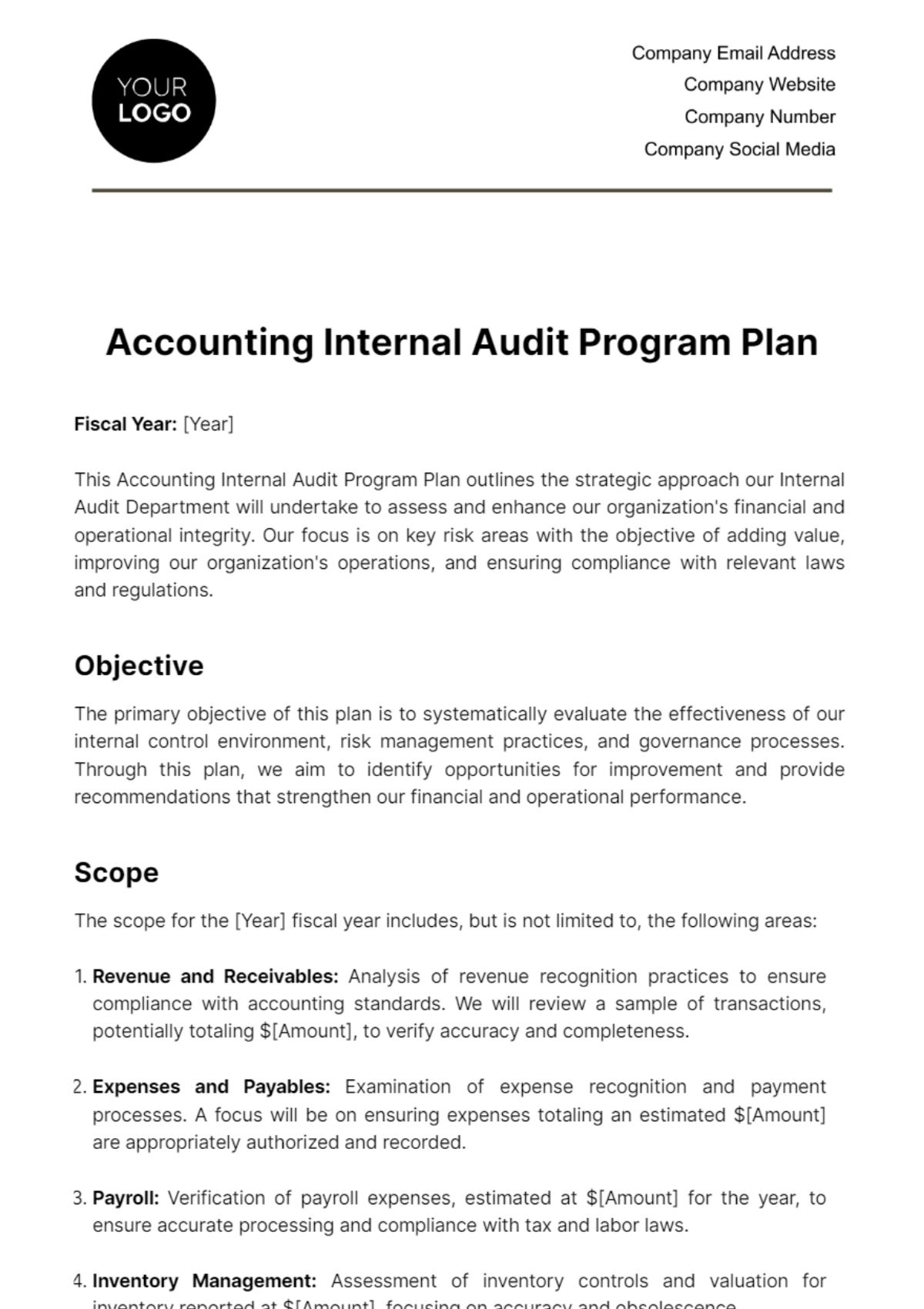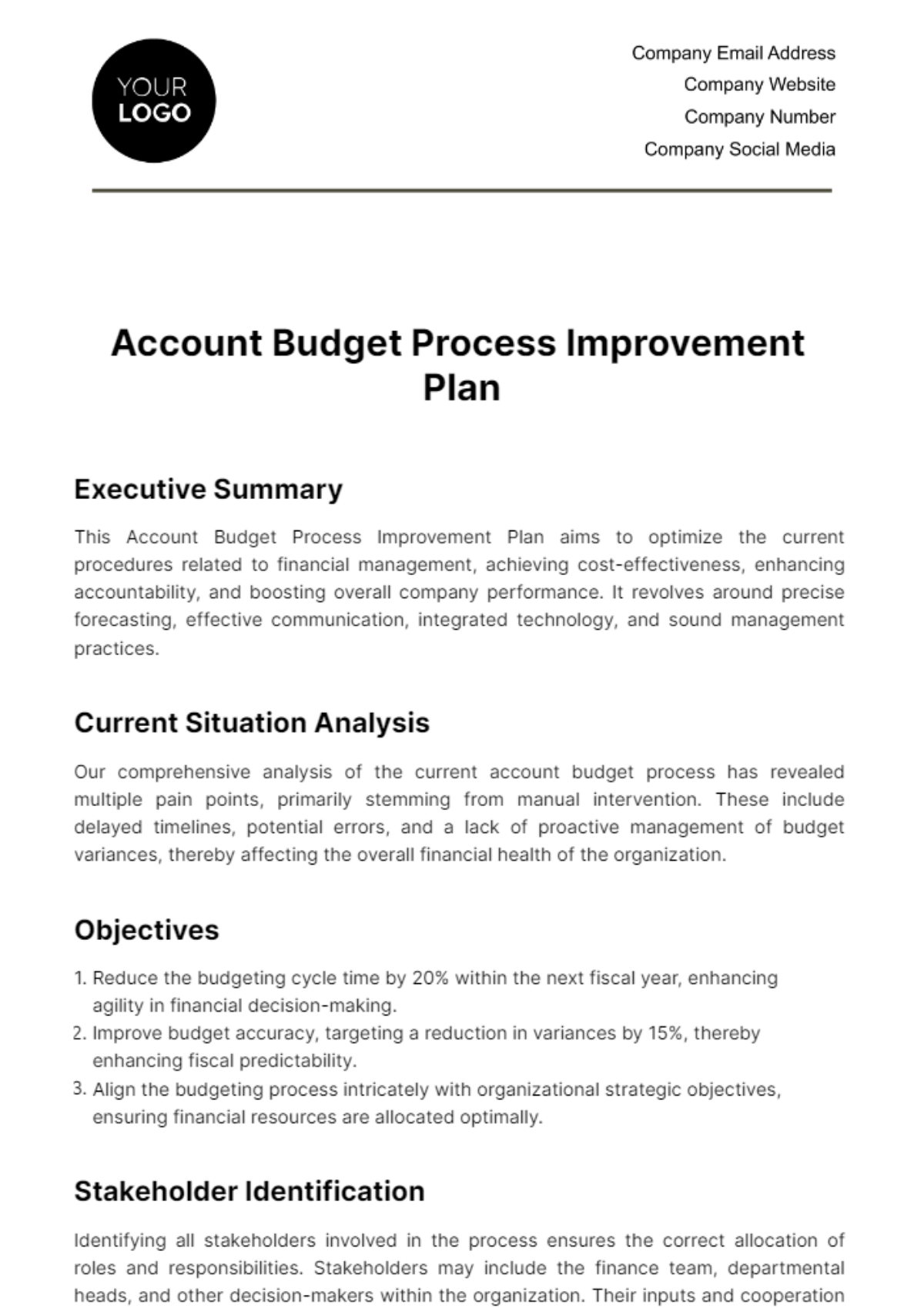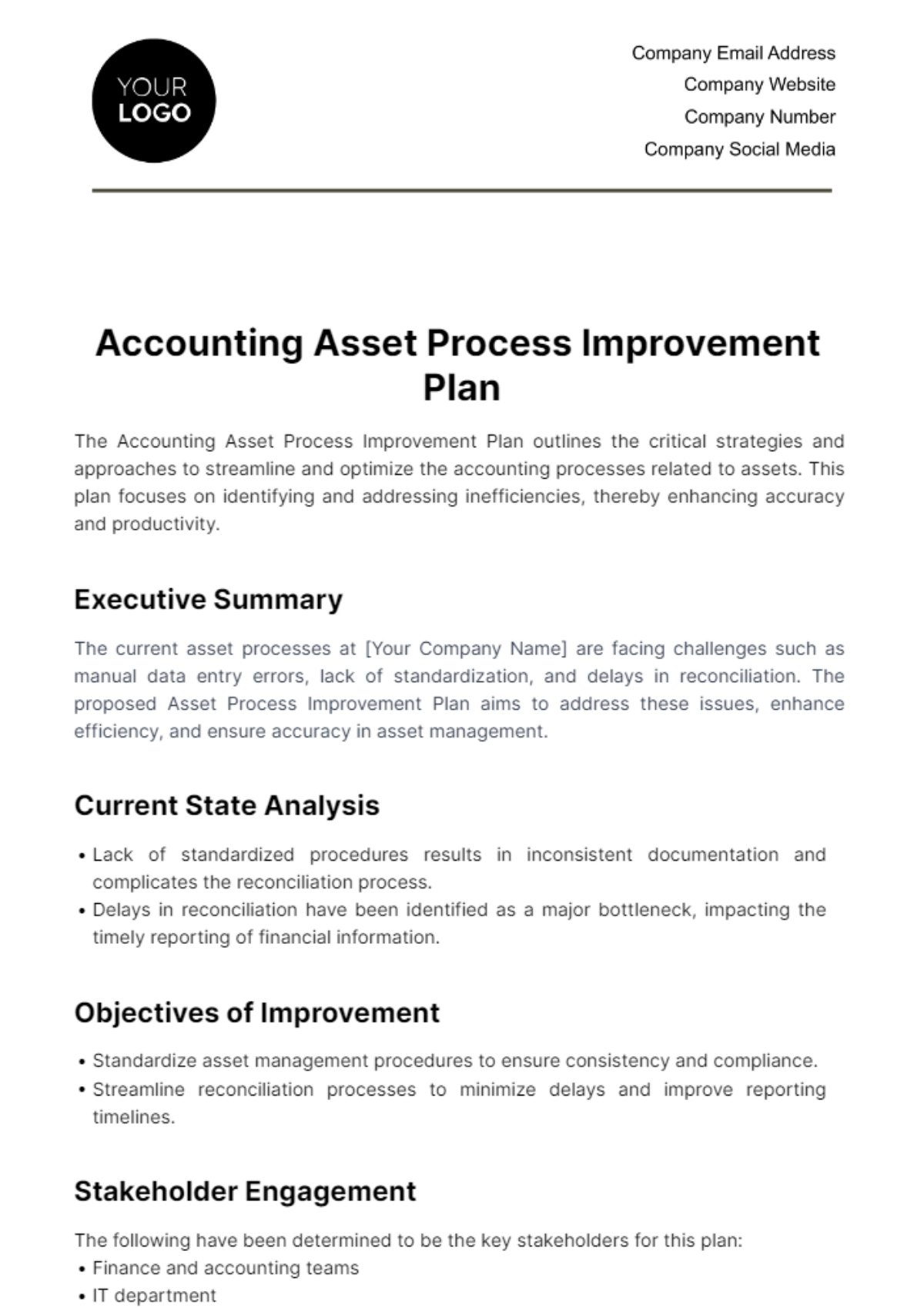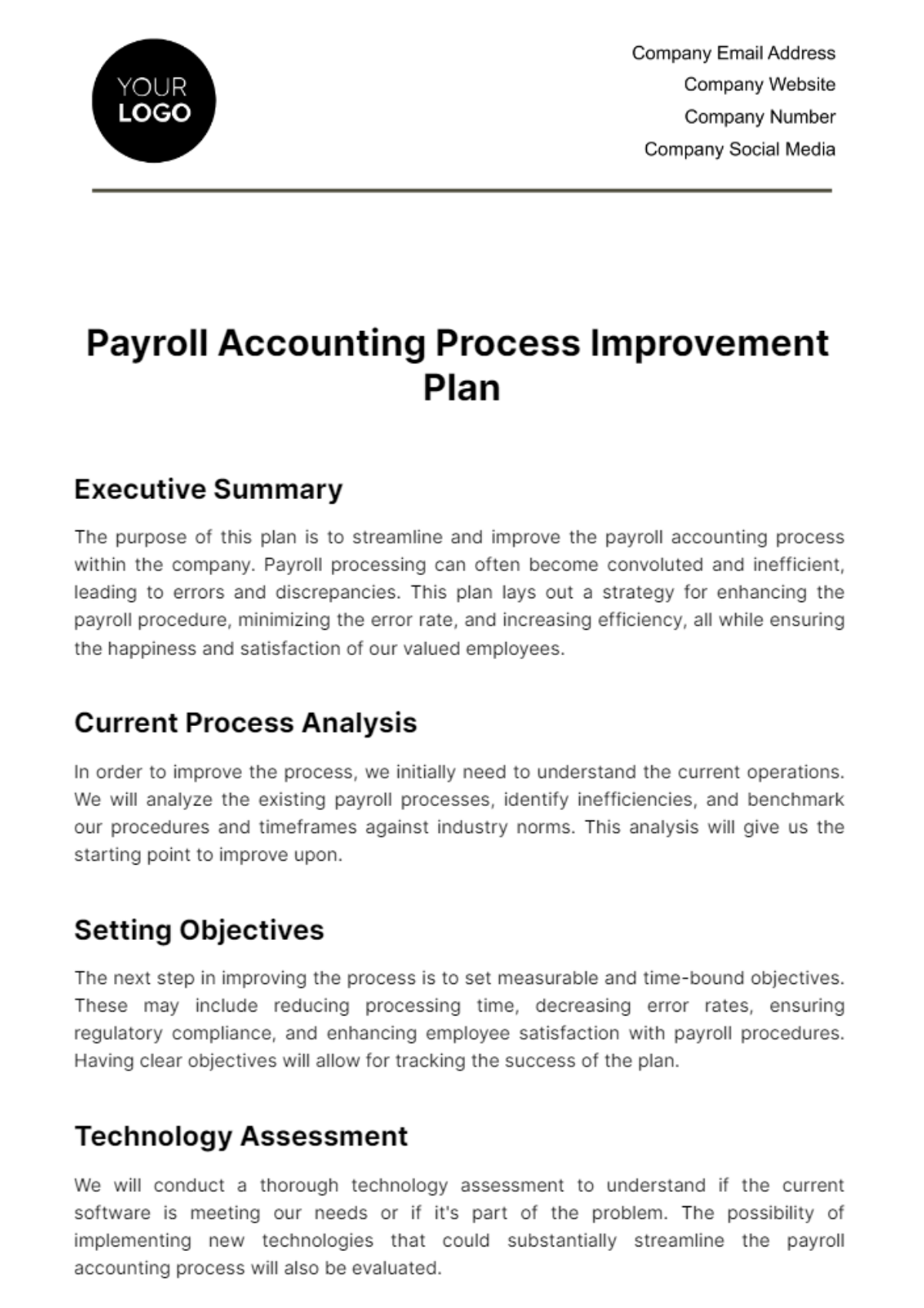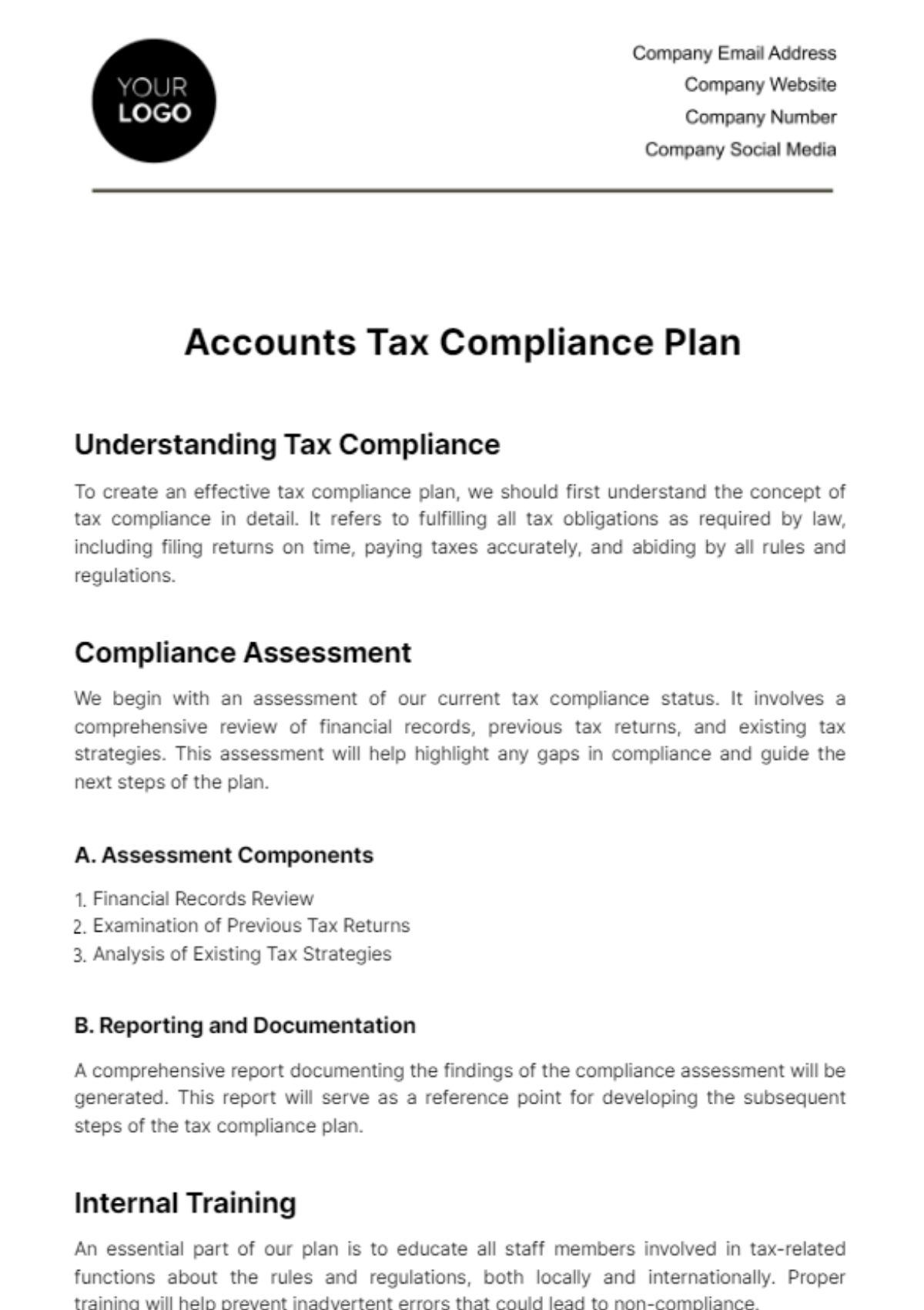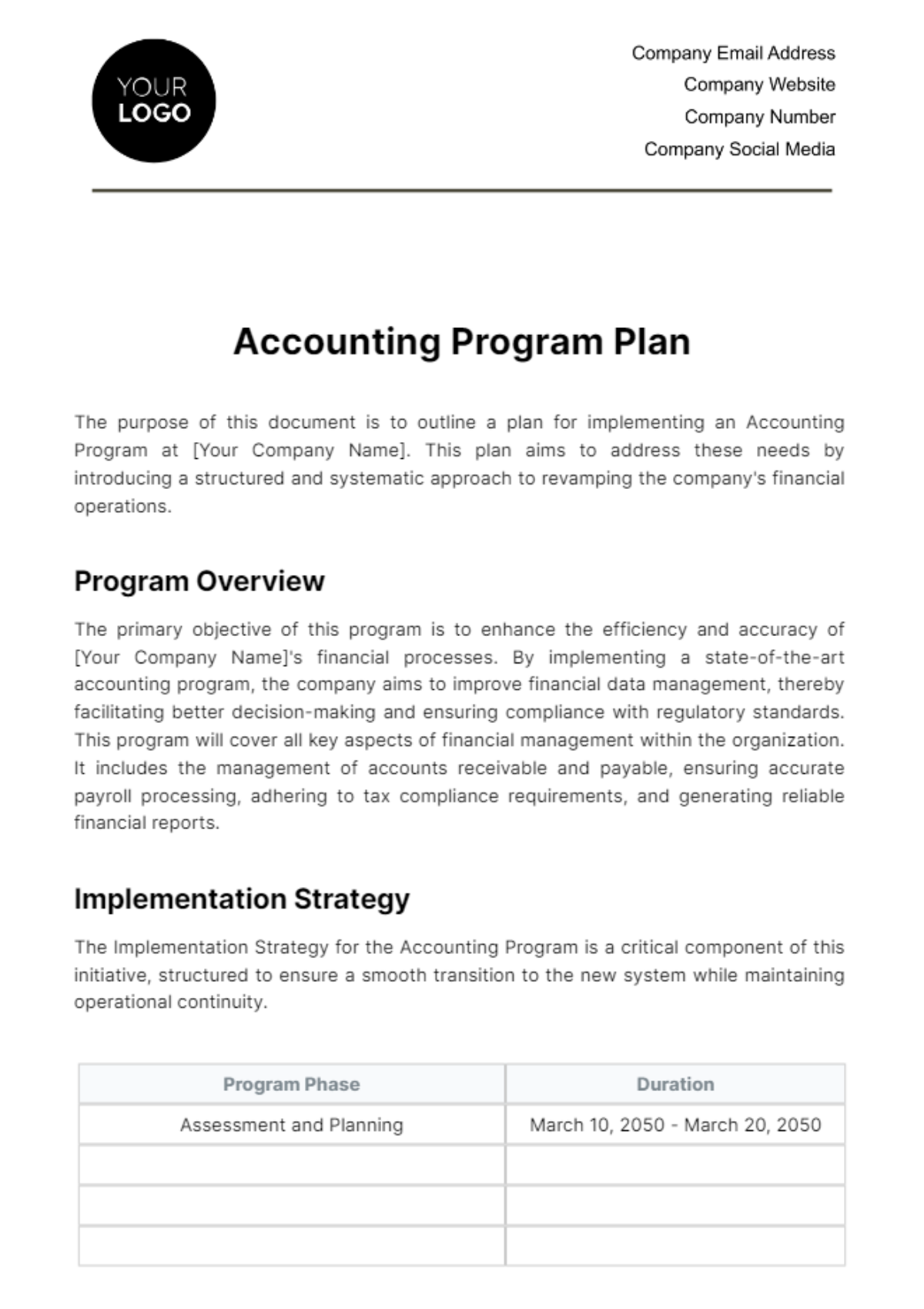Free Accounting Asset System Restructuring Plan Template
Accounting Asset System Restructuring Plan
I. Executive Summary
The restructuring of the Accounting Asset System at [Your Company Name] is a strategic initiative aimed at enhancing our asset management capabilities, ensuring compliance with the latest financial standards, and aligning our asset management practices with our broader organizational goals. The primary objective is to transition from our current, somewhat fragmented asset management system to a more integrated, efficient, and compliant system. This restructuring is expected to improve operational efficiency, reduce compliance risks, and provide better insights into asset performance, ultimately supporting informed decision-making across the organization. The necessity for this restructuring arises from the evolving financial regulatory landscape, our expanding asset portfolio, and the need to leverage technology for better asset management.
II. Introduction
The strategic imperative to overhaul and modernize the Accounting Asset System at [Your Company Name] emerges from a confluence of internal and external pressures that have, over time, illuminated the limitations of our existing framework. This document lays out a comprehensive plan to restructure our asset management processes, aiming to achieve a synergy between technological advancements, regulatory compliance, and our strategic business objectives. The endeavor is not just an upgrade of technology but a transformational shift in how we view and manage our assets—spanning from physical properties and equipment to intangible assets and digital resources.
Our current system, developed and implemented over a decade ago, was once at the forefront of asset management technology. However, as [Your Company Name] has grown in scale and complexity, the system has struggled to keep pace with our evolving needs. The introduction of new accounting standards, the acceleration of technological change, and the increasing demand for real-time financial insights have all underscored the need for a system that is not only more integrated and efficient but also agile and compliant with current and future accounting regulations.
The scope of this restructuring plan encompasses a complete audit of our existing asset management processes, the identification of key areas for improvement, the design and implementation of a new, state-of-the-art system, and the training and support required to ensure a smooth transition for all stakeholders. This initiative is critical not only for enhancing operational efficiency and financial reporting accuracy but also for supporting [Your Company Name]'s strategic vision of sustained growth and adaptability in a rapidly changing business landscape.
III. Background and Rationale
Currently, [Your Company Name] operates an asset management system developed several years ago. While it has served us adequately, there are noticeable gaps in efficiency, compliance, and the system’s ability to support strategic decision-making. Recent internal audits have highlighted issues such as inconsistent asset data, difficulties in generating comprehensive asset reports, and challenges in ensuring compliance with the latest IFRS standards. Additionally, the rapid growth of our asset base, coupled with technological advancements, necessitates a system that can more effectively manage and analyze a large and diverse portfolio of assets.
IV. Restructuring Objectives
The primary goal of restructuring [Your Company Name]'s Accounting Asset System is to create a more agile, accurate, and compliant framework for managing the organization's diverse asset portfolio. Key objectives include:
Enhanced Efficiency: Streamlining asset management processes to reduce time spent on manual data entry and reconciliation. This involves automating routine tasks, improving data flow between departments, and minimizing the risk of errors through better data integrity controls.
Regulatory Compliance: Ensuring the system adheres to the latest accounting standards and regulations, including IFRS 16 on lease accounting and IAS 36 on impairment of assets. The system will incorporate features that automatically update to reflect changes in regulations, helping [Your Company Name] stay ahead of compliance issues.
Strategic Decision Support: Providing leadership with real-time, actionable insights into the company's asset portfolio. This includes developing advanced analytics capabilities for forecasting, trend analysis, and scenario planning, enabling more informed strategic decisions regarding asset investments, maintenance, and divestiture.
Scalability and Flexibility: Designing the system with the future in mind, ensuring it can easily adapt to changes in the company’s size, structure, or business model. This includes modular design principles that allow for the addition of new functionalities as needed without disrupting existing operations.
V. Needs Assessment
A comprehensive needs assessment has revealed several key areas for improvement in the current system:
Data Silos and Integration Issues: | Fragmented data across departments lead to inefficiencies and inaccuracies. There's a critical need for a centralized asset database that integrates seamlessly with other financial systems. |
Lack of Real-Time Reporting: | Current reporting capabilities are limited, hindering timely decision-making. Stakeholders have expressed a need for dashboards and reporting tools that offer real-time insights into asset performance and valuation. |
Inadequate Support for New Accounting Standards: | The existing system does not fully support the requirements of new accounting standards, particularly those related to lease accounting and asset impairment testing. |
VI. Proposed System Design
The proposed design of the new Accounting Asset System is envisioned as a comprehensive solution, meticulously crafted to address the multifaceted challenges identified in the needs assessment and to harness the opportunities presented by the latest advancements in technology. The design is predicated on a modular architecture, ensuring flexibility and scalability, with core modules including:
Centralized Asset Database: At the heart of the new system is a centralized database that will consolidate all asset-related information across [Your Company Name]. This repository will ensure uniformity in asset data, facilitate real-time access for authorized users, and serve as the foundation for all asset management activities.
Automated Workflow Engine: To enhance operational efficiency, an automated workflow engine will be integrated, streamlining processes from asset acquisition to disposal. This engine will automate routine tasks such as asset registration, depreciation calculations, and compliance checks, significantly reducing manual labor and minimizing the potential for errors.
Advanced Reporting and Analytics Module: A sophisticated reporting and analytics module will provide stakeholders with customizable dashboards and reports, offering insights into asset performance, valuation changes, and compliance status. This module will support strategic decision-making by delivering actionable intelligence derived from real-time and historical asset data.
Compliance and Regulatory Module: Recognizing the critical importance of adherence to accounting standards, this module will be designed to automatically update in accordance with changes in IFRS, GAAP, and other relevant regulations. It will feature built-in compliance checks and alerts to proactively manage compliance risks.
The proposed system will be developed with a user-centric approach, emphasizing ease of use, and will be fully integrated with [Your Company Name]'s existing financial and operational systems to ensure seamless data flow and interoperability.
VII. Compliance and Regulatory Considerations
In designing the new system, paramount consideration has been given to ensuring full compliance with both current and anticipated regulatory requirements. The system will incorporate a comprehensive set of controls and features designed to meet the stringent standards set forth by international financial reporting standards and local regulatory bodies.
Key compliance features will include:
Dynamic Compliance Update: | The system will be equipped with a mechanism to receive and automatically implement updates related to accounting standards and regulatory changes, ensuring that [Your Company Name] remains ahead of compliance obligations. |
Detailed Audit Trails: | Every transaction within the system will generate a detailed audit trail, documenting user actions, timestamps, and relevant details. This feature will be invaluable for internal audits, regulatory reviews, and ensuring transparency and accountability in asset management. |
VIII. Implementation Strategy
Implementing the new Accounting Asset System will be a significant undertaking, requiring meticulous planning, coordination, and execution. The strategy will involve:
Pre-Implementation Planning: Detailed planning sessions will map out the entire implementation process, identifying key resources, establishing timelines, and setting milestones. Stakeholder engagement during this phase will be critical to align expectations and gather input.
System Development and Testing: In collaboration with selected technology partners, [Your Company Name] will develop the system, followed by extensive testing phases, including unit testing, system integration testing, and user acceptance testing, to ensure functionality, reliability, and security.
Pilot Implementation: A pilot implementation in a controlled department will allow for real-world testing and refinement before a full rollout. Feedback from pilot users will be instrumental in identifying any adjustments needed.
Organization-wide Rollout: With lessons learned from the pilot, the system will be gradually rolled out across the entire organization. Comprehensive support structures will be in place to assist users in transitioning to the new system.
IX. Risk Management
Risk management for the system restructuring encompasses identifying potential risks to implementation success and ongoing operations, and establishing mitigation strategies. Key risks include technological integration challenges, data migration errors, and user resistance. Mitigation strategies will involve rigorous testing phases, the establishment of a dedicated support team for troubleshooting and assistance, and a robust change management program to facilitate user adaptation and buy-in.
X. Monitoring and Evaluation
To ensure the new system delivers on its objectives, a rigorous monitoring and evaluation framework will be established, focusing on:
Performance Metrics: Key performance indicators will be defined to measure system efficiency, user satisfaction, compliance adherence, and return on investment. These metrics will provide objective data to assess the system’s impact.
Continuous Feedback Mechanism: Regular feedback from users will be solicited and analyzed to identify areas for improvement. This ongoing dialogue between users and the system development team will ensure the system evolves to meet the changing needs of the organization.
Review and Adjustment Process: Scheduled reviews of system performance against the established KPIs will be conducted, with findings used to make informed adjustments to the system, processes, or user training programs. This iterative process will ensure the system continues to meet the strategic needs of [Your Company Name].
XI. Training and Change Management
A successful restructuring of the Accounting Asset System at [Your Company Name] requires not only technological upgrades but also a focus on the people who will use the system. Training and change management are therefore critical components of our implementation strategy.
Training Programs: Customized training sessions will be developed for different user groups within the organization, ensuring that each department understands how to use the new system effectively. Training will cover not only system functionalities but also best practices in asset management and compliance.
Change Management: A comprehensive change management plan will include regular communications from leadership about the progress and benefits of the new system, workshops to address concerns and gather feedback, and a support system to assist employees during the transition. Recognizing and rewarding departments and individuals who adapt quickly to the new system will also foster a positive attitude towards the change.
XII. Financial Projections and Benefits Analysis
The financial implications of the Accounting Asset System restructuring are carefully considered, balancing the initial investment against the long-term benefits.
Cost-Benefit Analysis: Initial costs include software development or purchase, hardware upgrades, training programs, and temporary decreases in productivity during the transition. These are weighed against long-term benefits such as improved operational efficiency, reduced compliance risks, and enhanced decision-making capabilities.
ROI Forecast: The return on investment is projected based on efficiency gains, reduction in manual errors, and improved asset utilization. The system is expected to pay for itself within [specific timeframe] through cost savings and improved financial performance.
Sustainability: The restructuring is also evaluated for its contribution to the company’s sustainability goals, including reduced paper use and more efficient asset utilization leading to lower energy consumption.
XIII. Appendices
Appendix A: Technical Specifications of the Proposed System provides detailed information on software requirements, hardware compatibility, and security features.
Appendix B: Detailed Timeline and Project Plan includes a week-by-week breakdown of the implementation phases, key milestones, and responsible parties.
Appendix C: Stakeholder Analysis and Engagement Report details the feedback gathered during the needs assessment phase and outlines how stakeholder concerns are addressed in the restructuring plan.
XIV. Approval and Endorsement
The final section of the document is dedicated to obtaining formal approval and endorsement from key decision-makers within [Your Company Name]. This includes:
Signature Lines: | For the CEO, CFO, CIO, and other relevant executives to formally approve the restructuring plan. |
Legal and Compliance Certification: | Confirmation that the plan has been reviewed and approved by legal and compliance departments, ensuring that it meets all regulatory requirements. |
Acknowledgment of Support: | A statement from executive leadership acknowledging the effort that will be required from the entire organization and committing to provide the necessary support and resources. |

